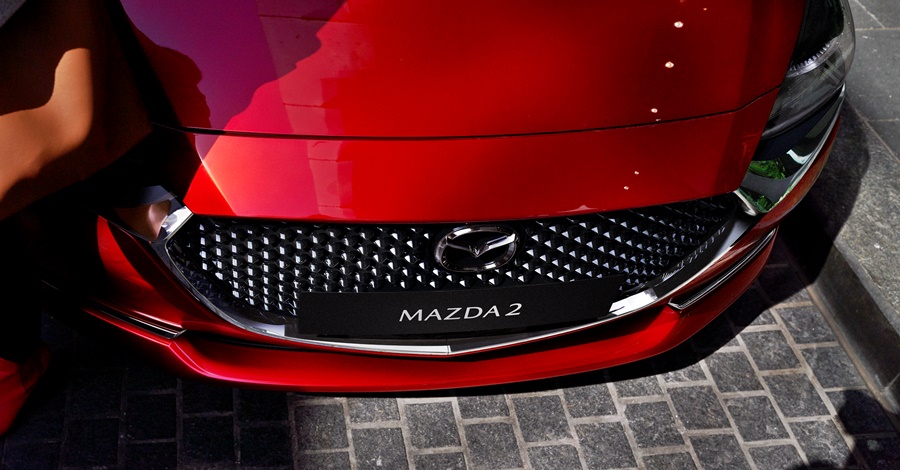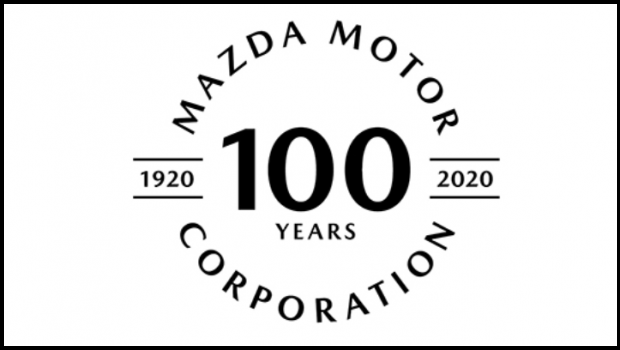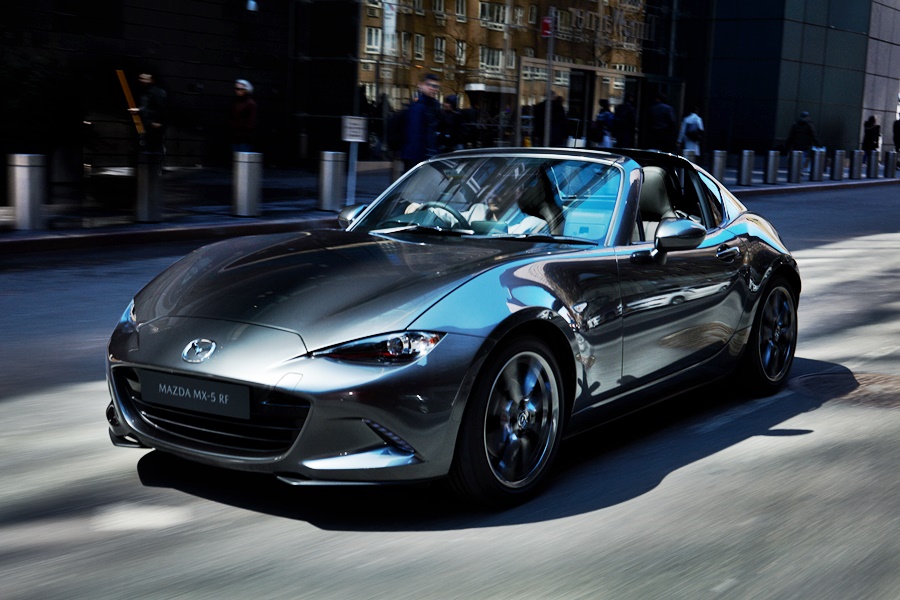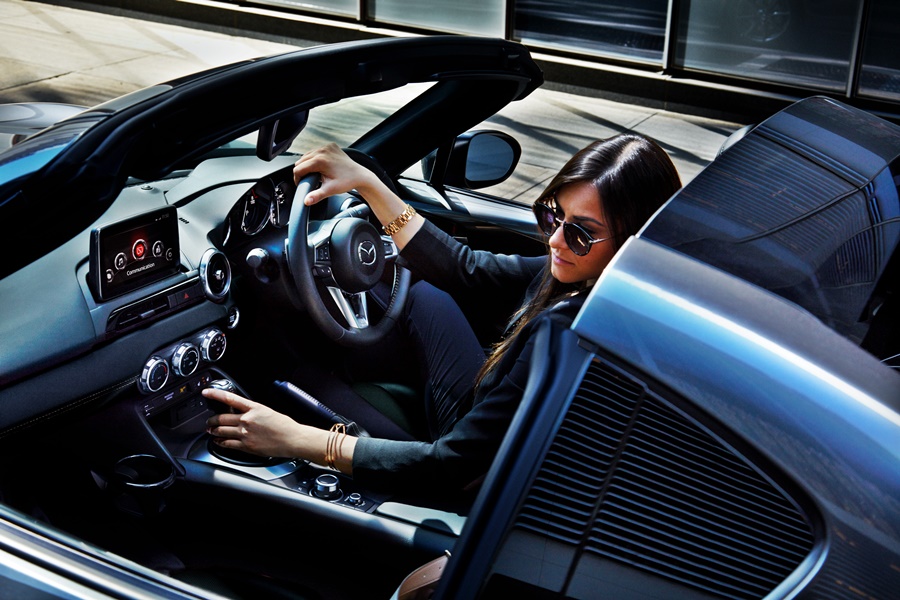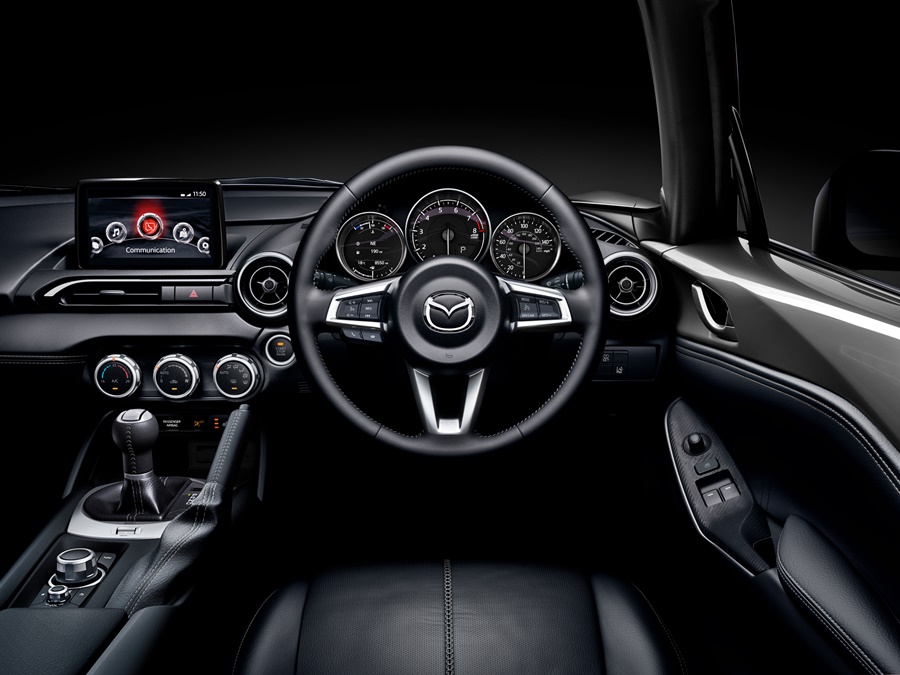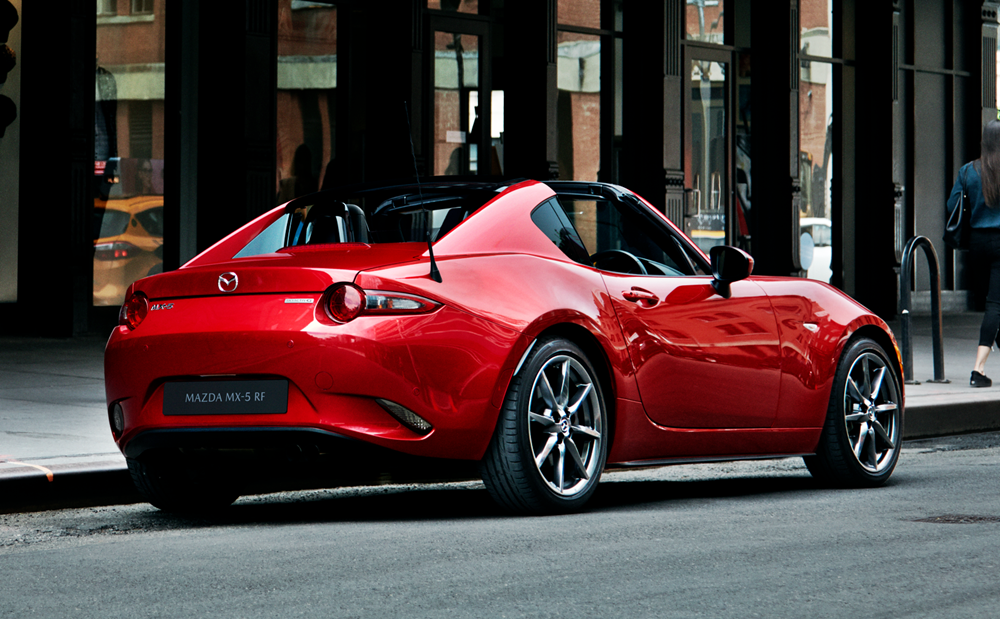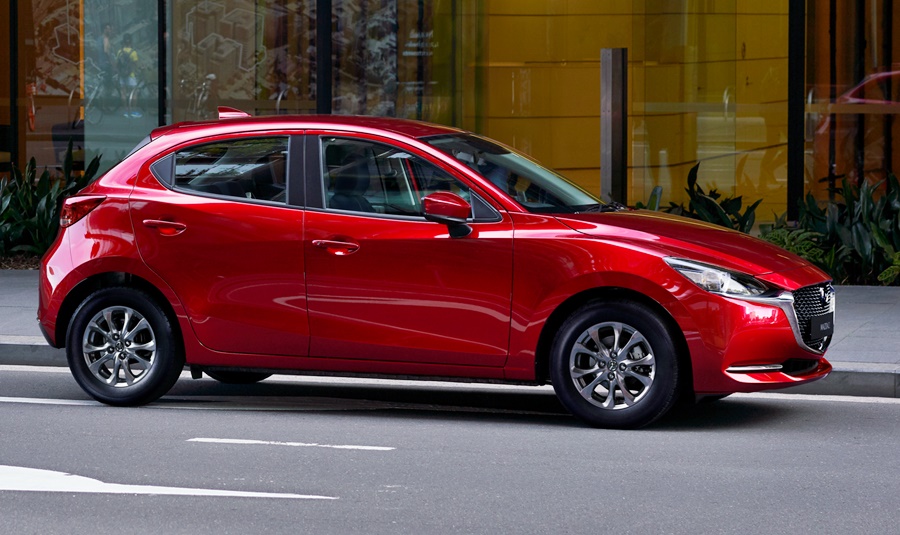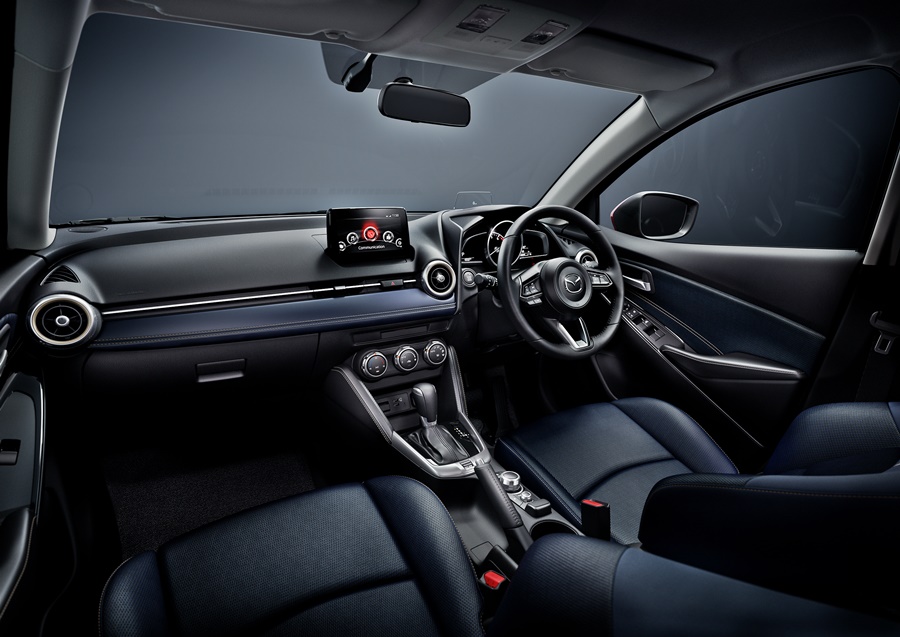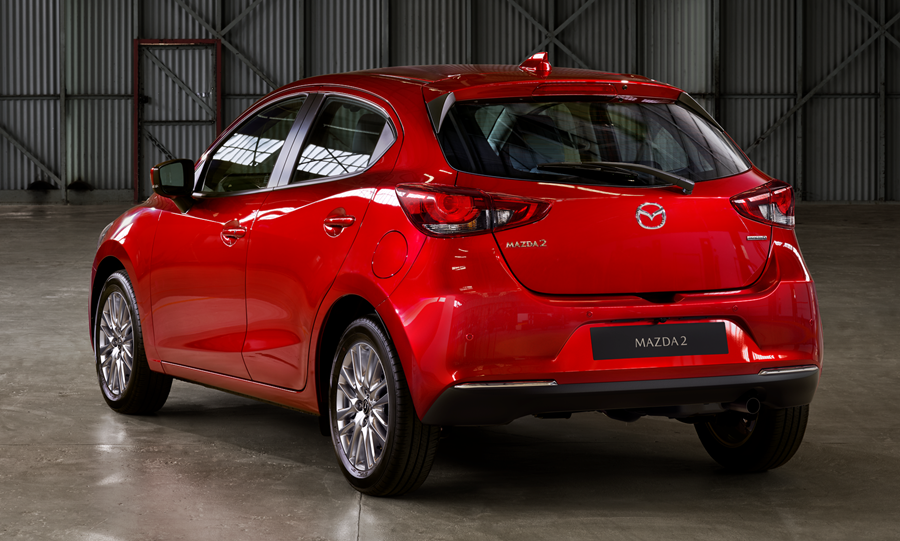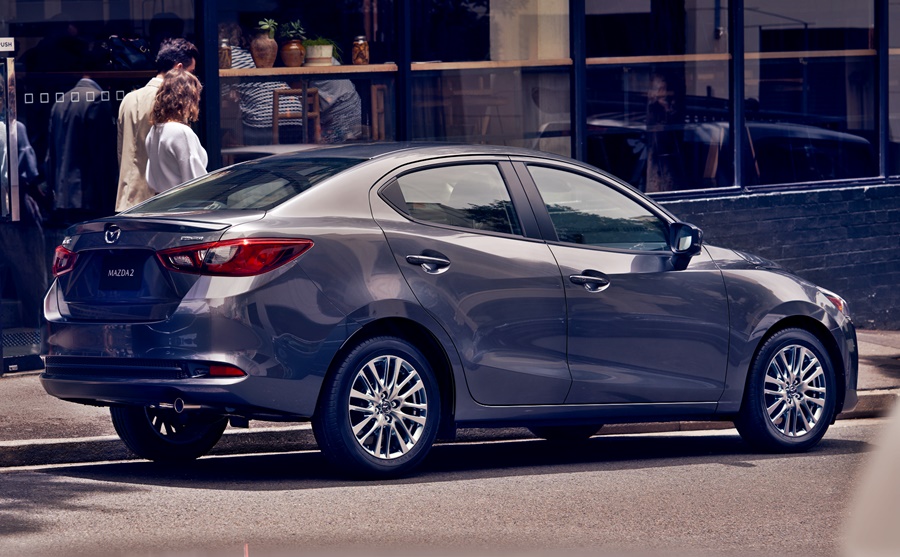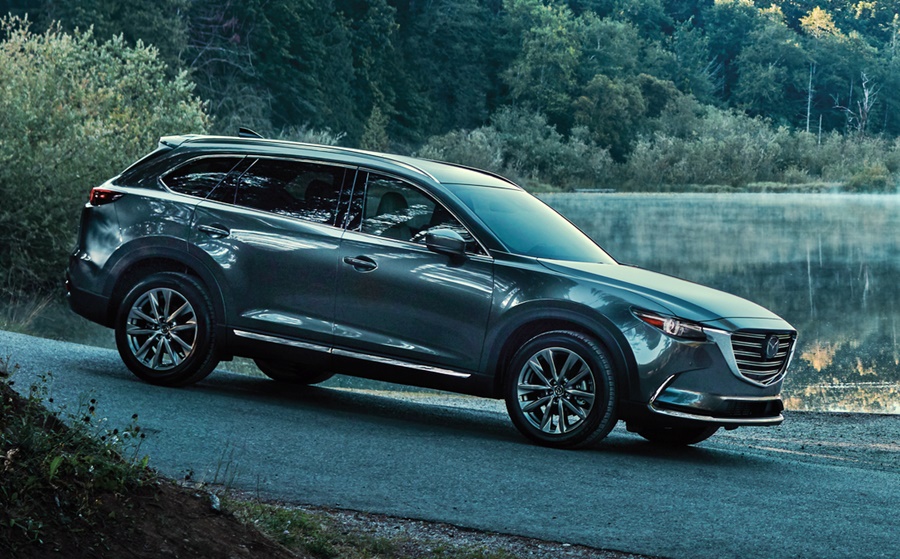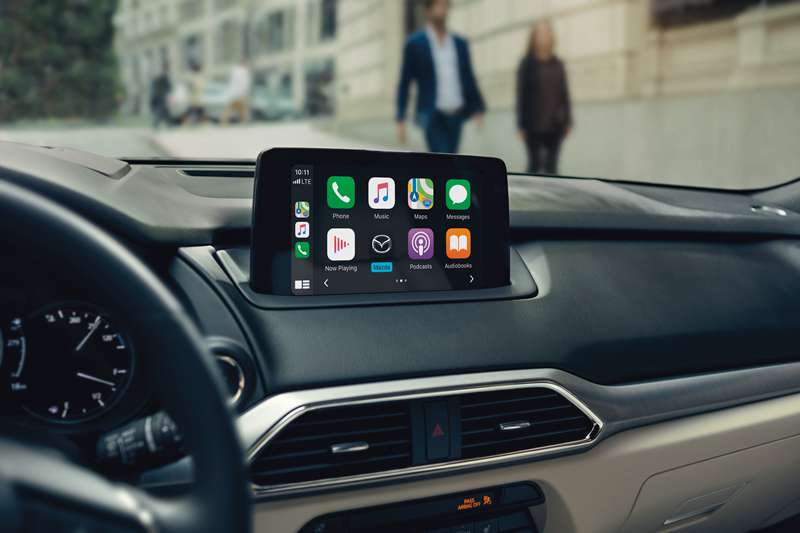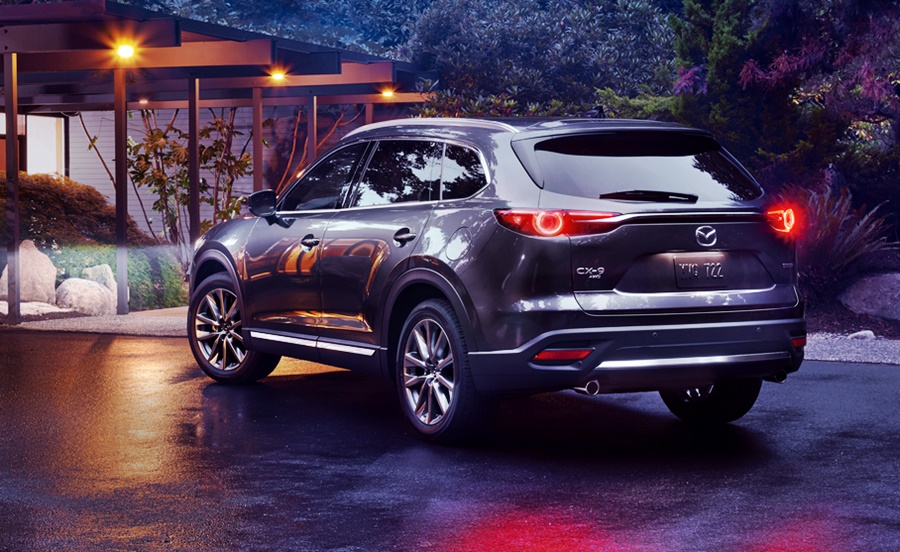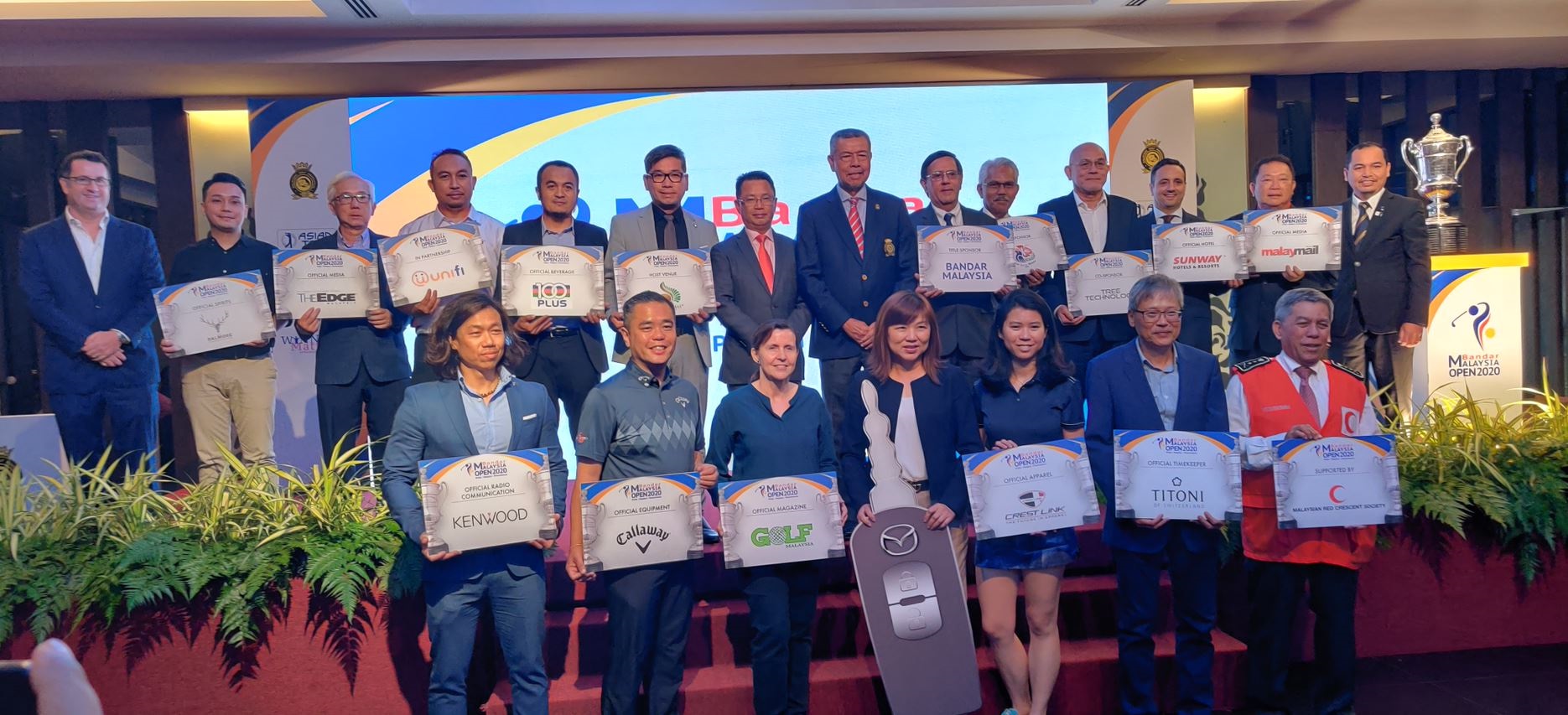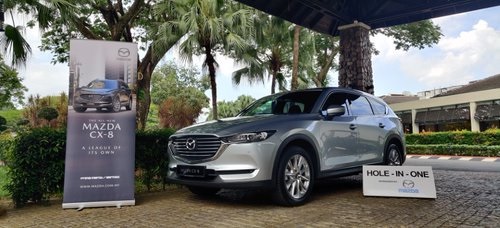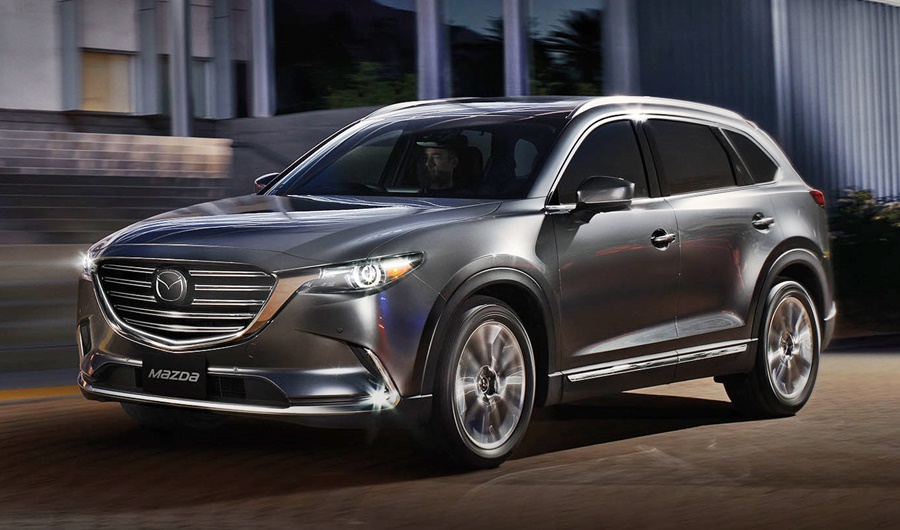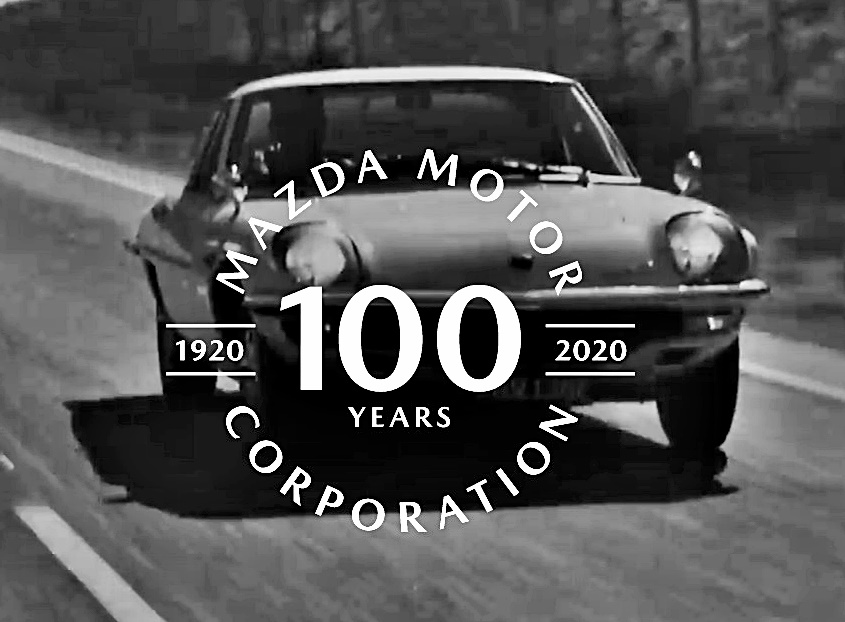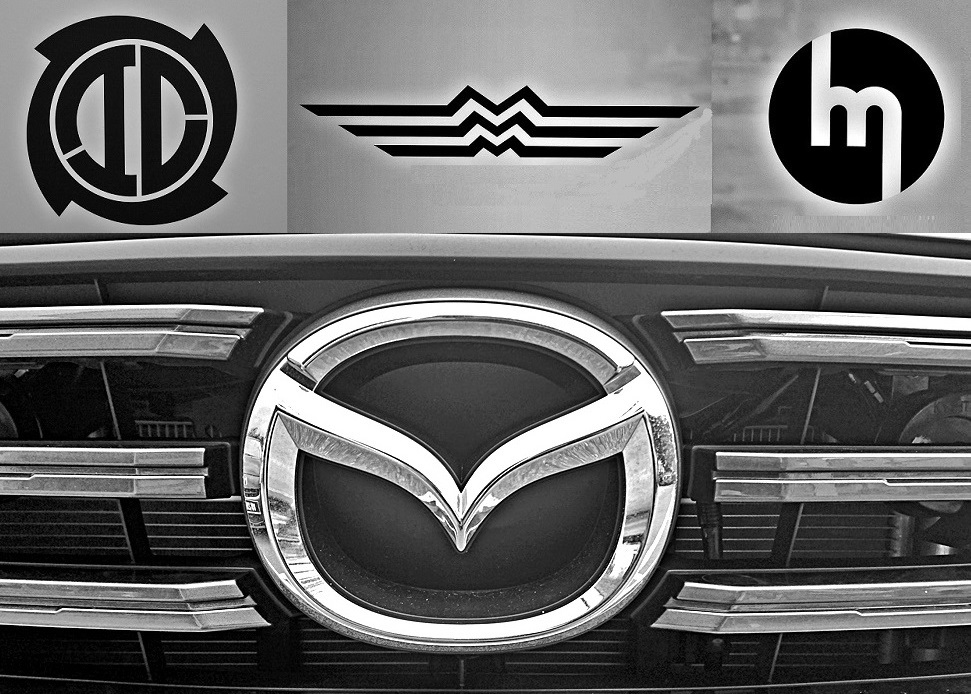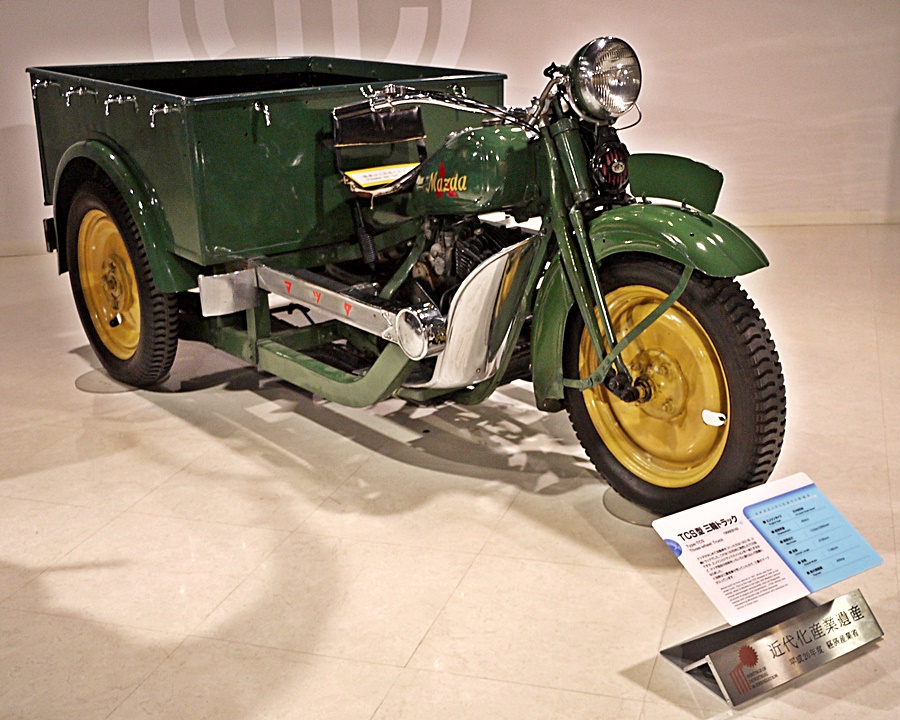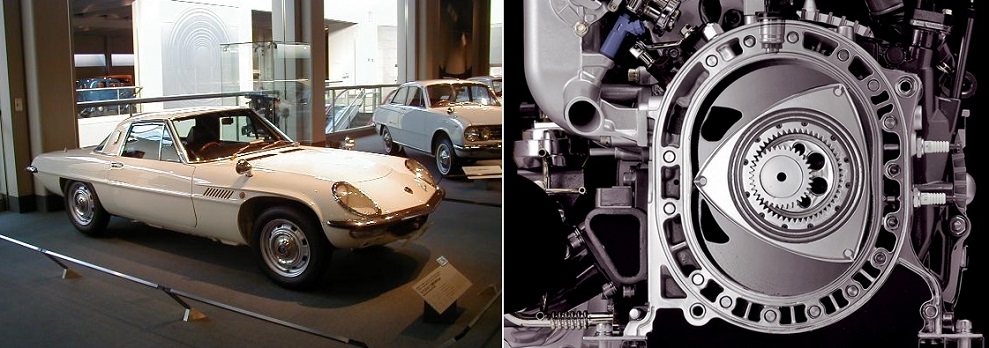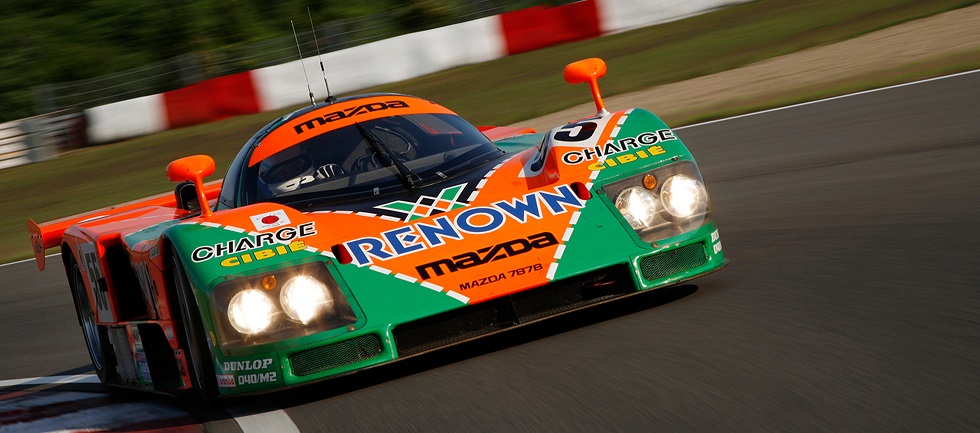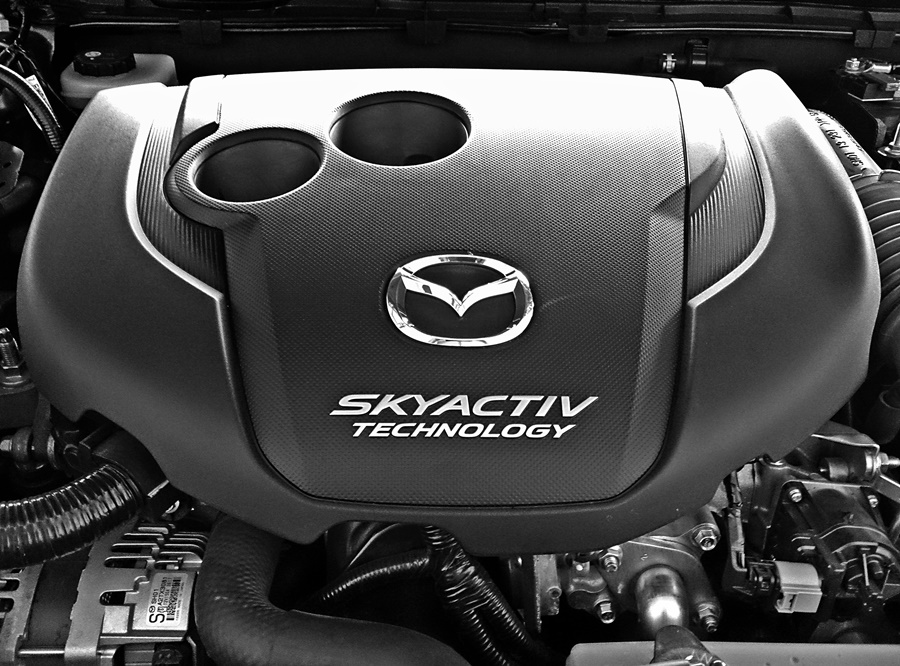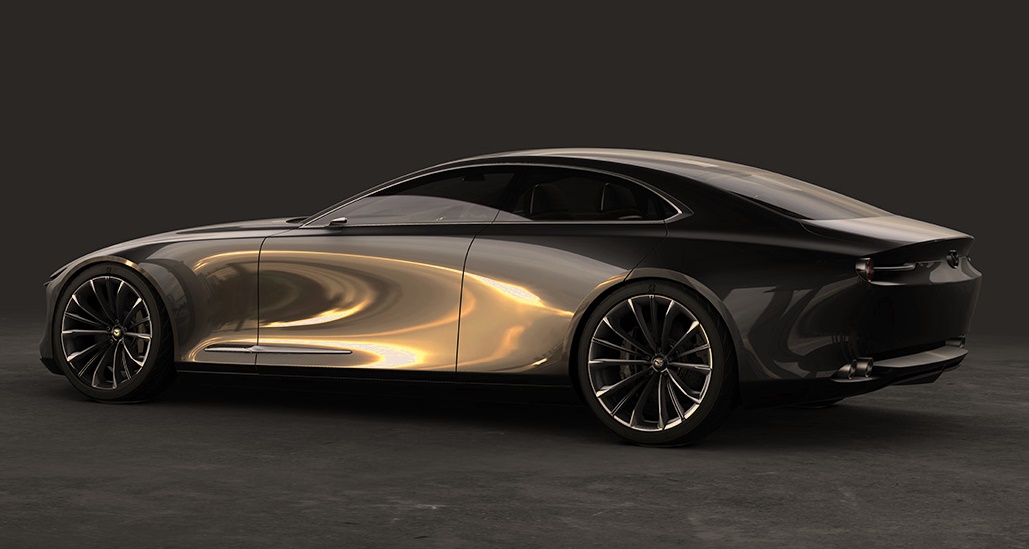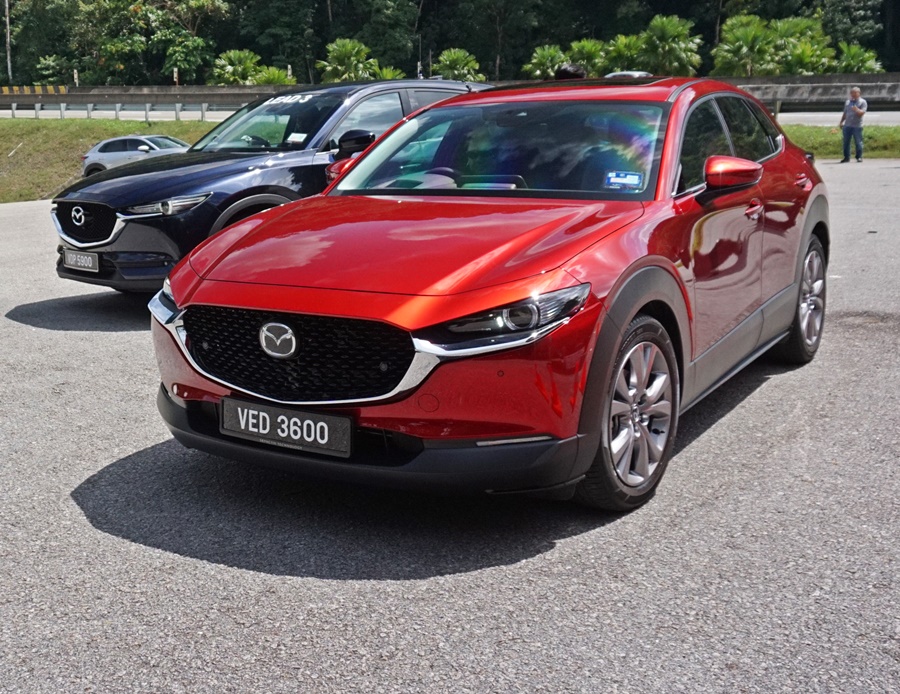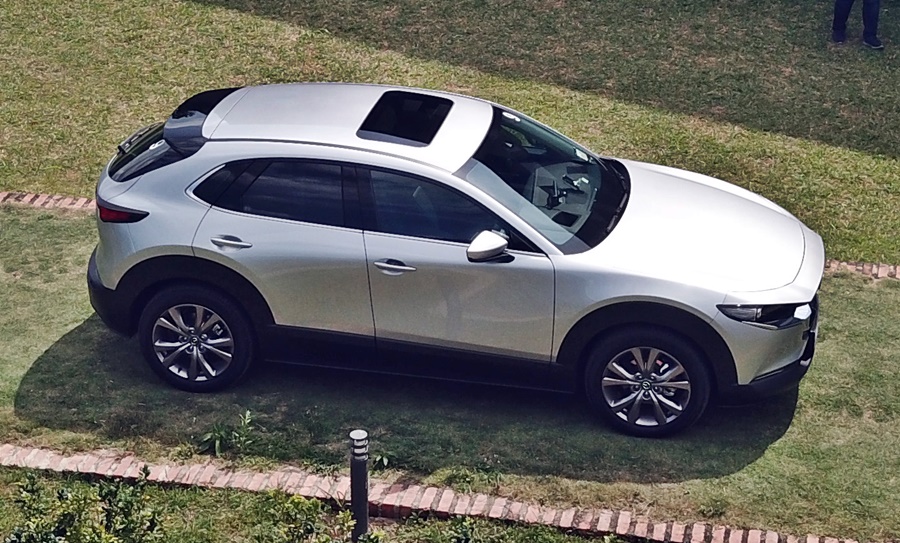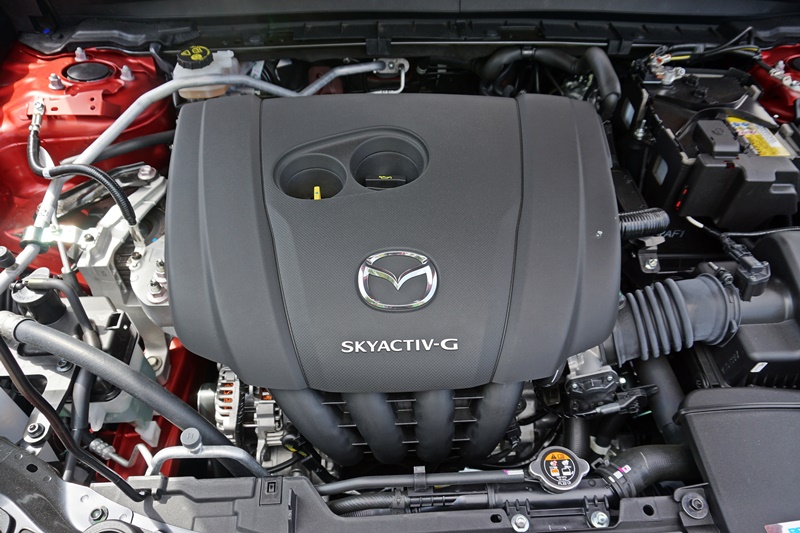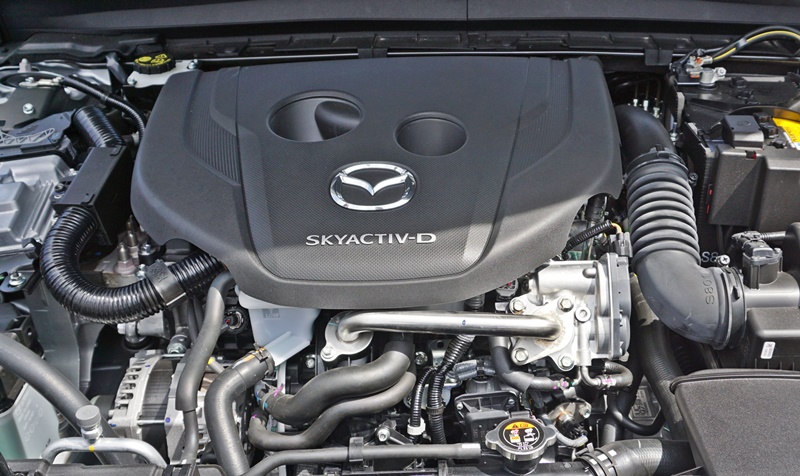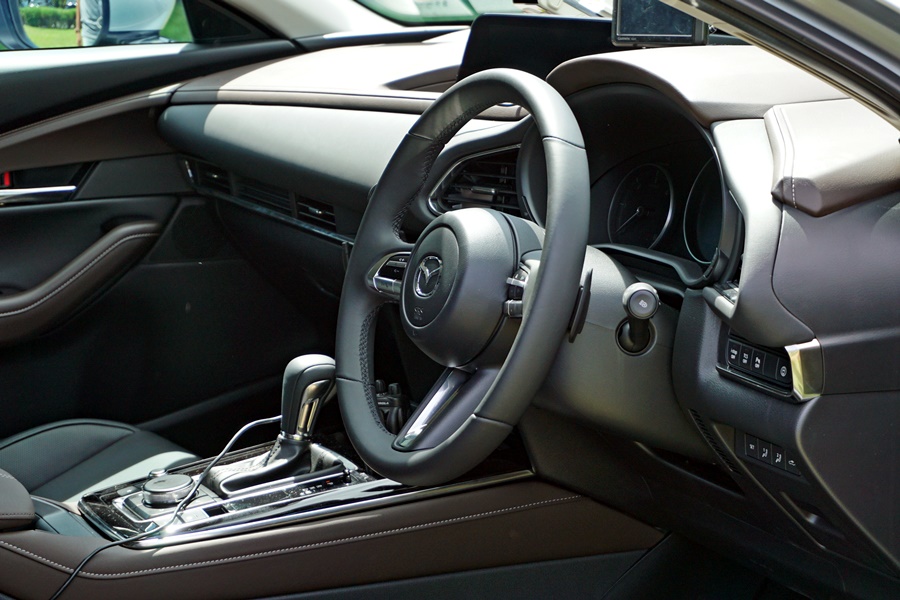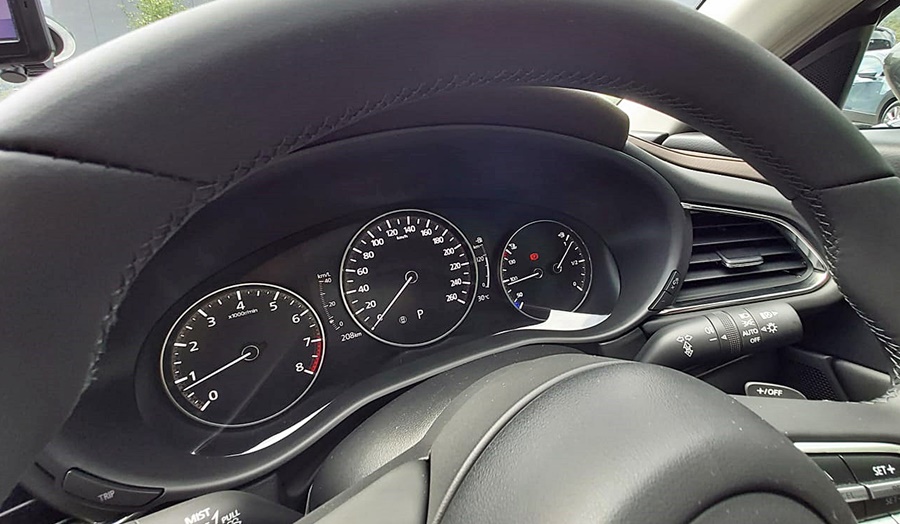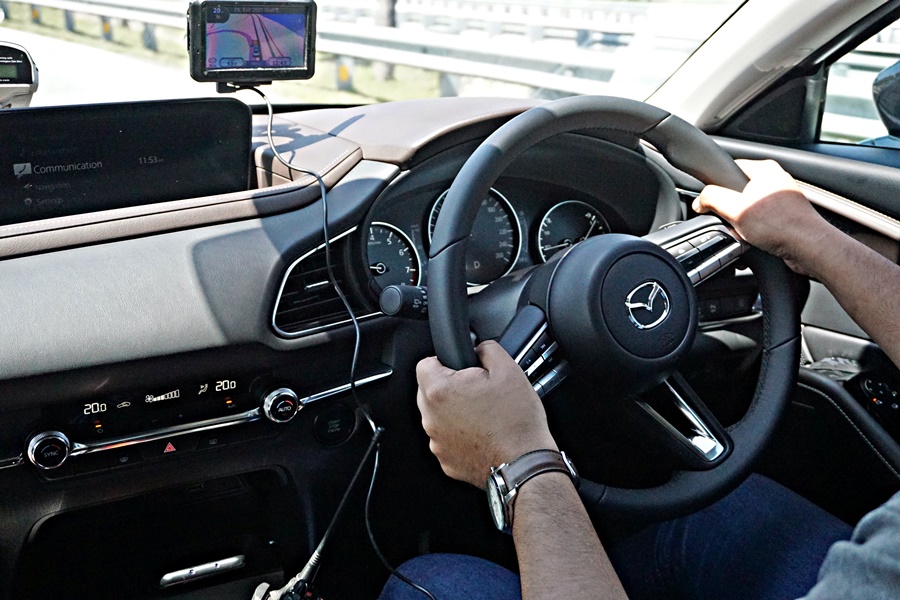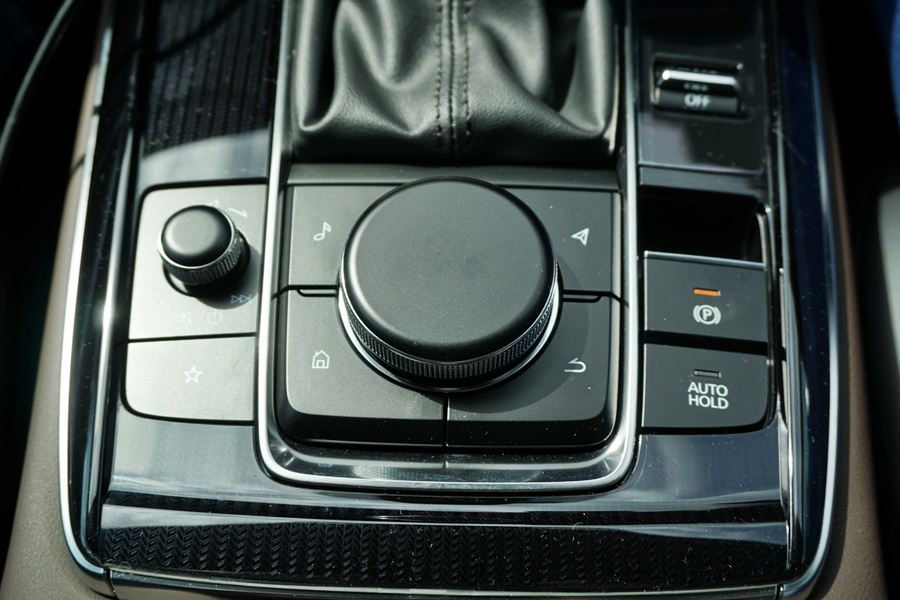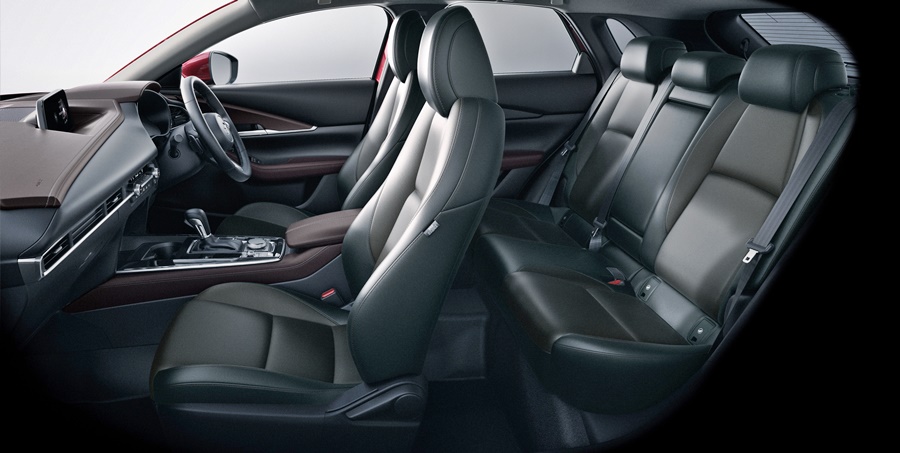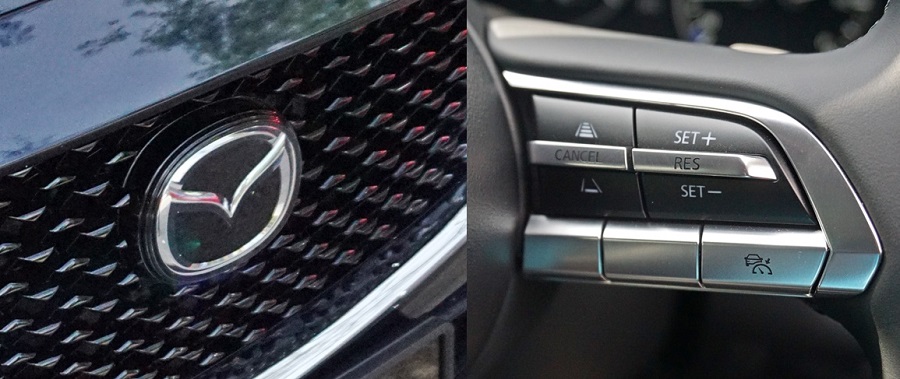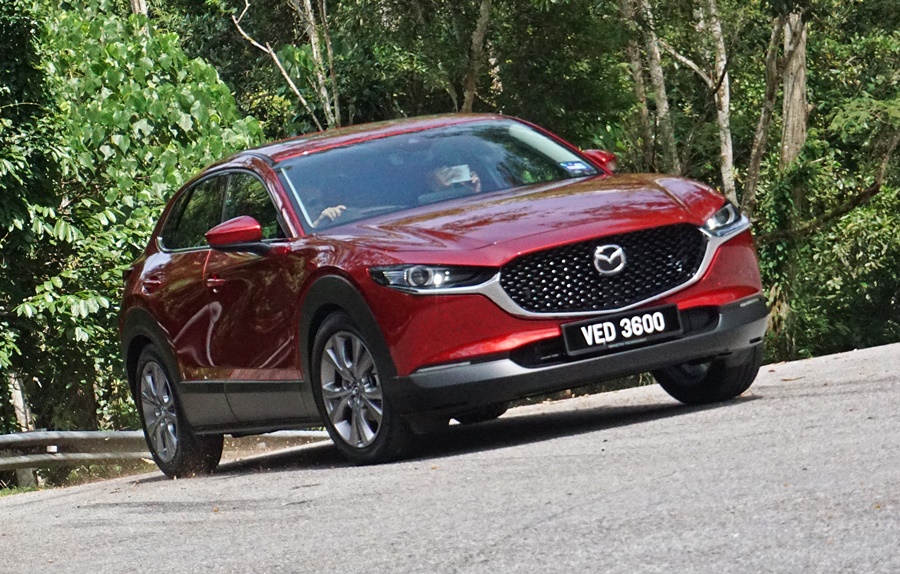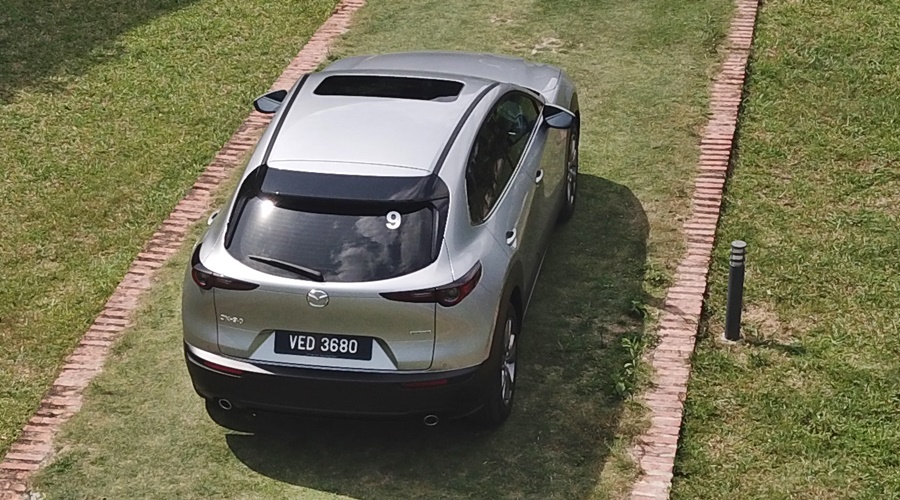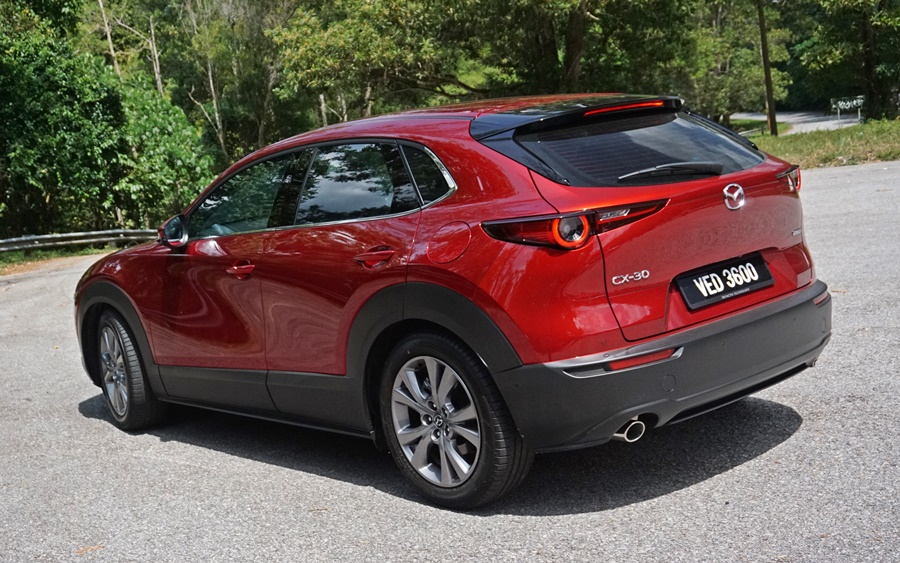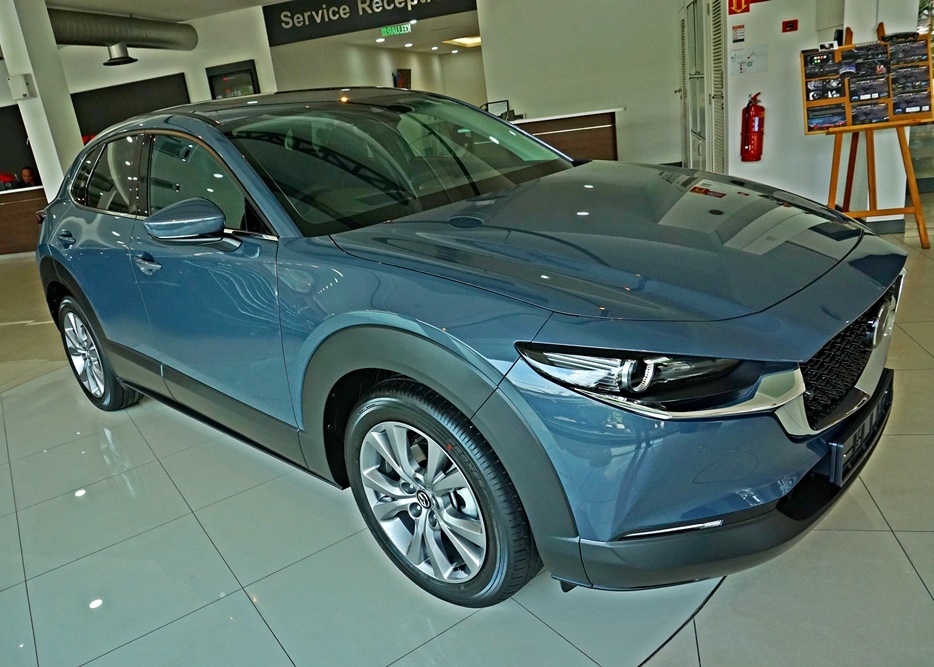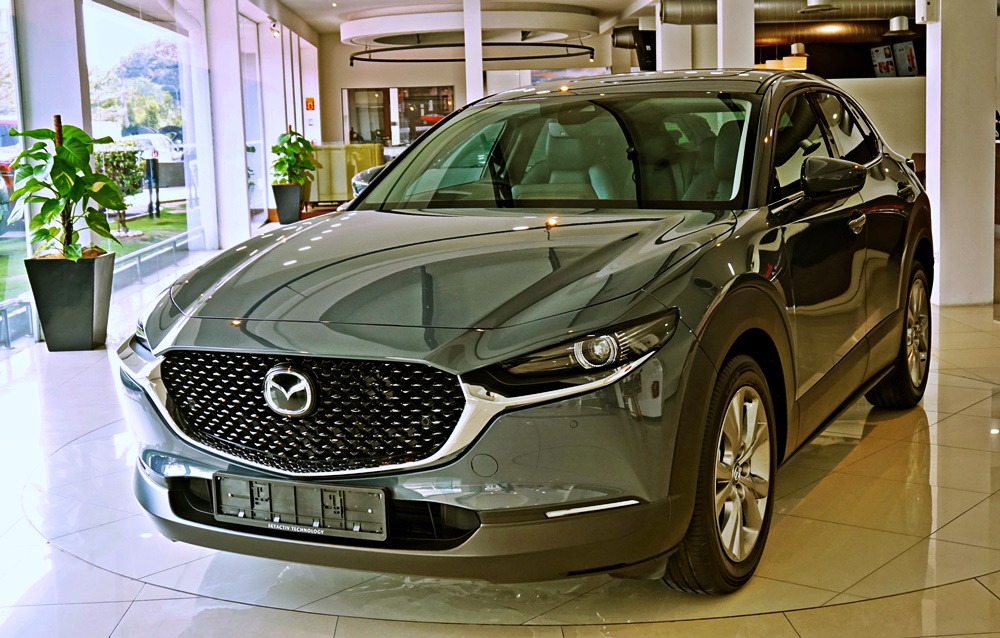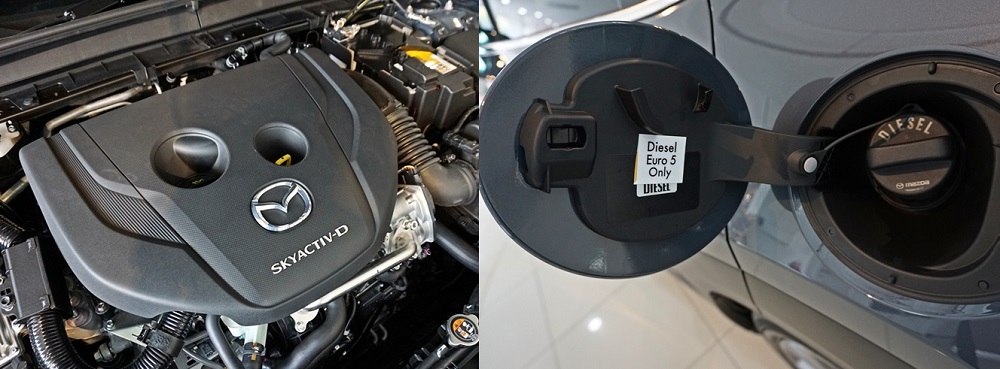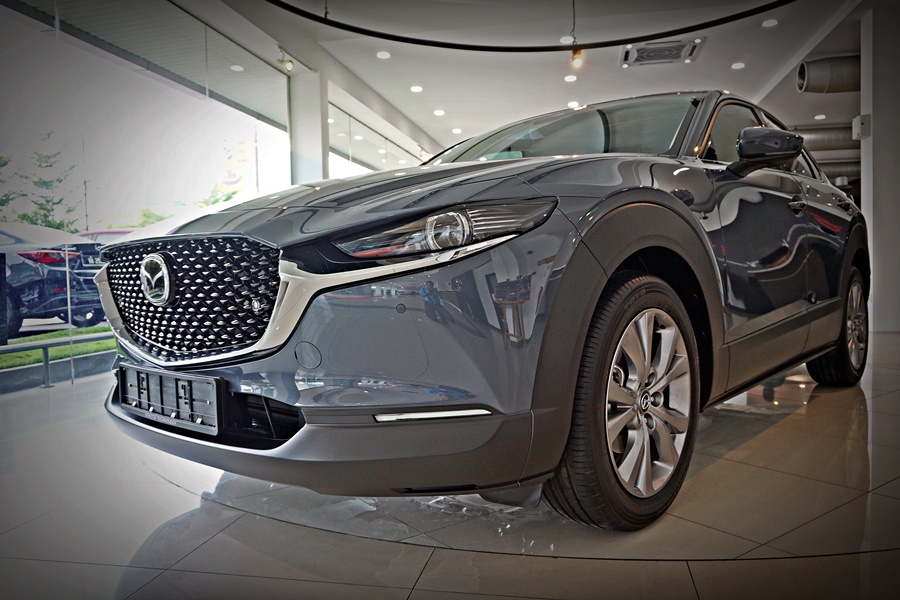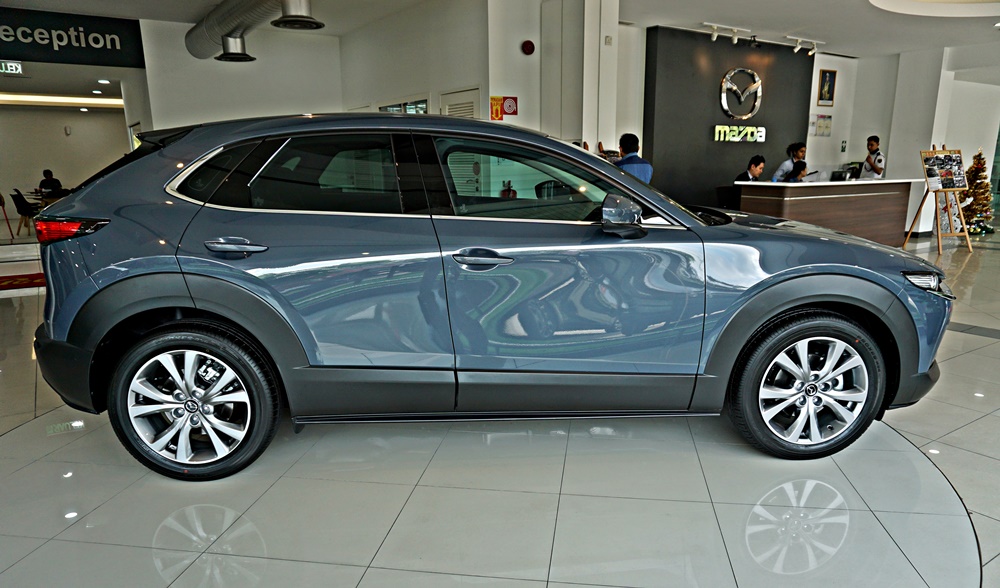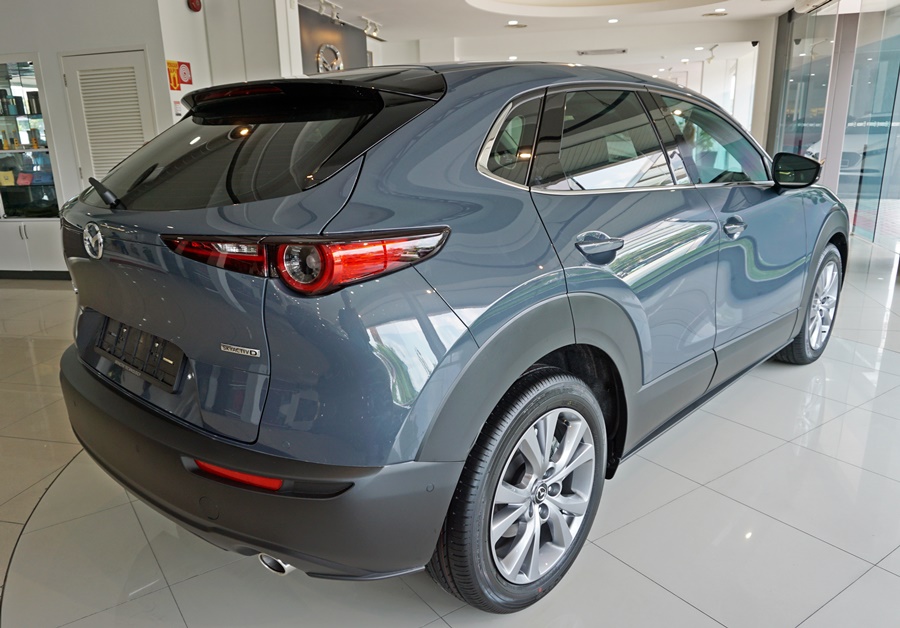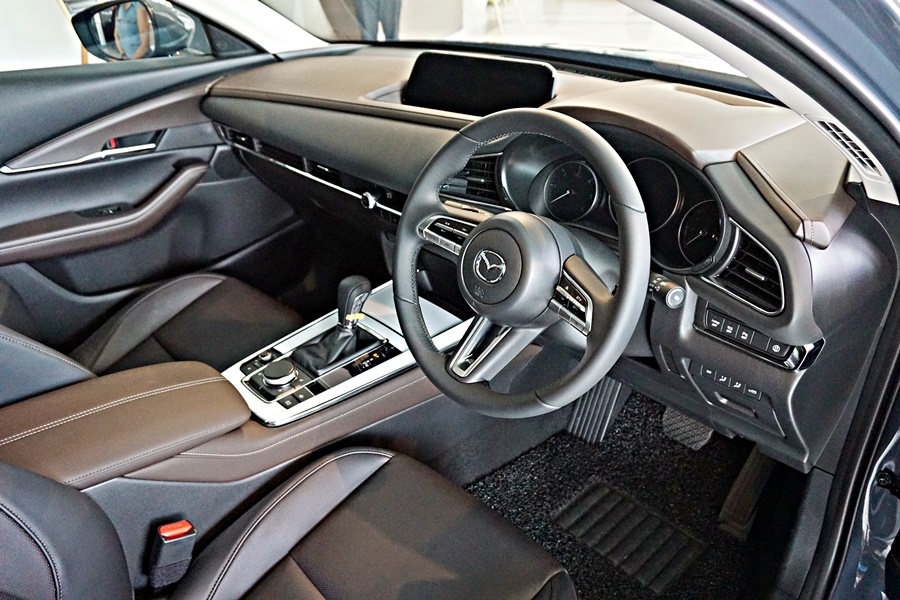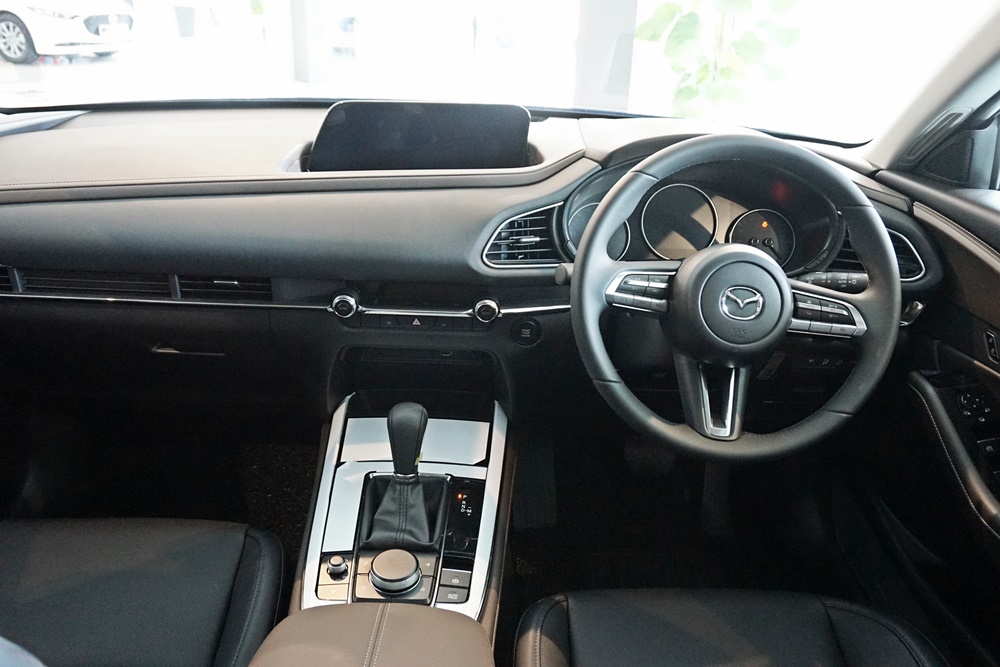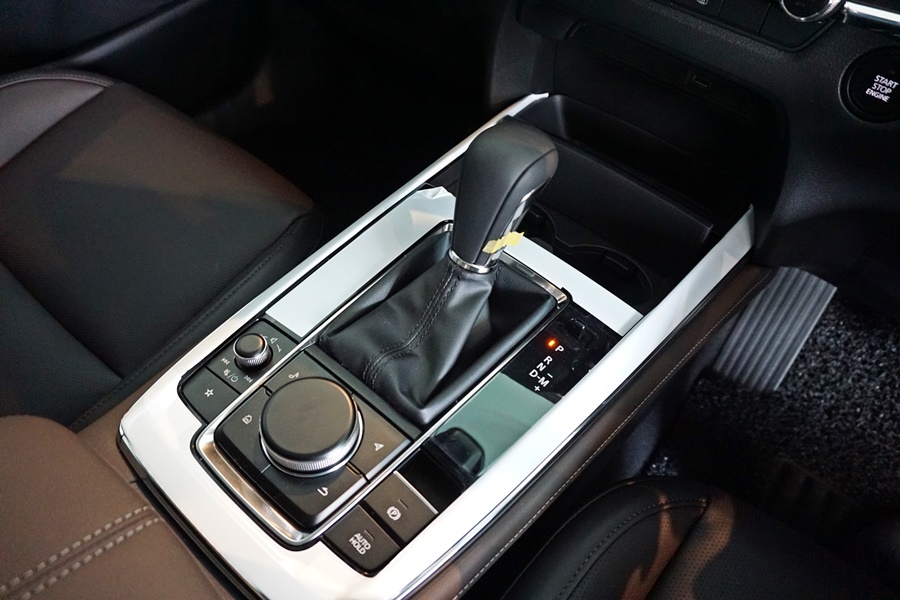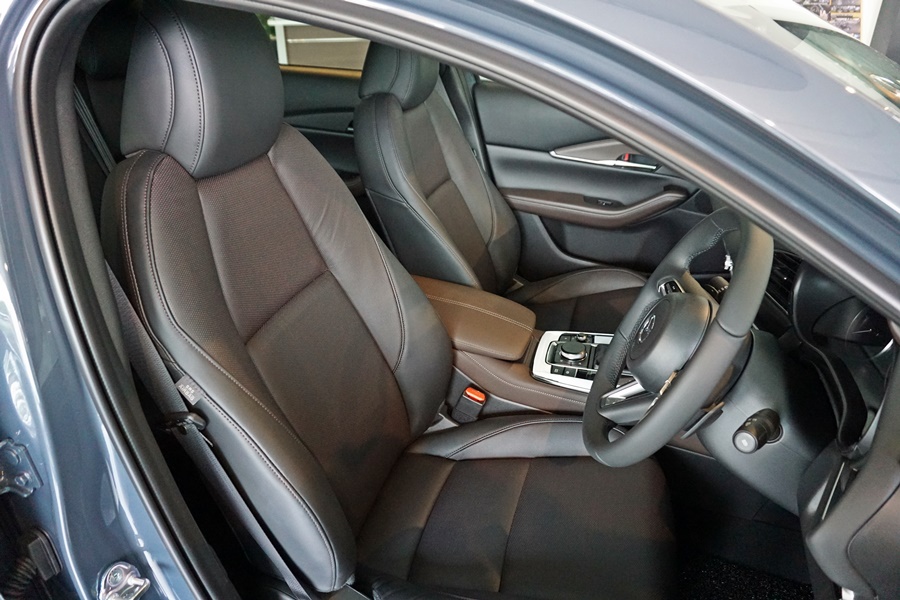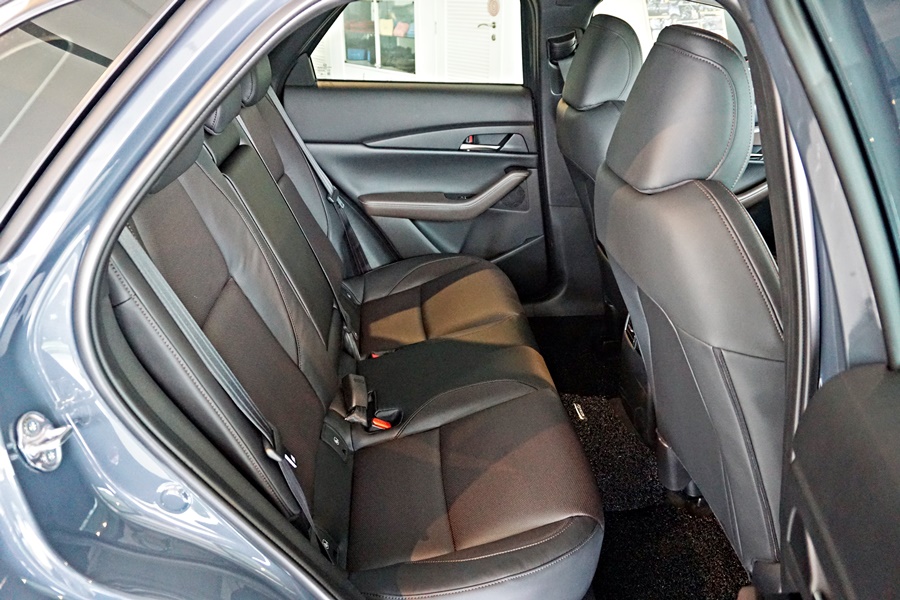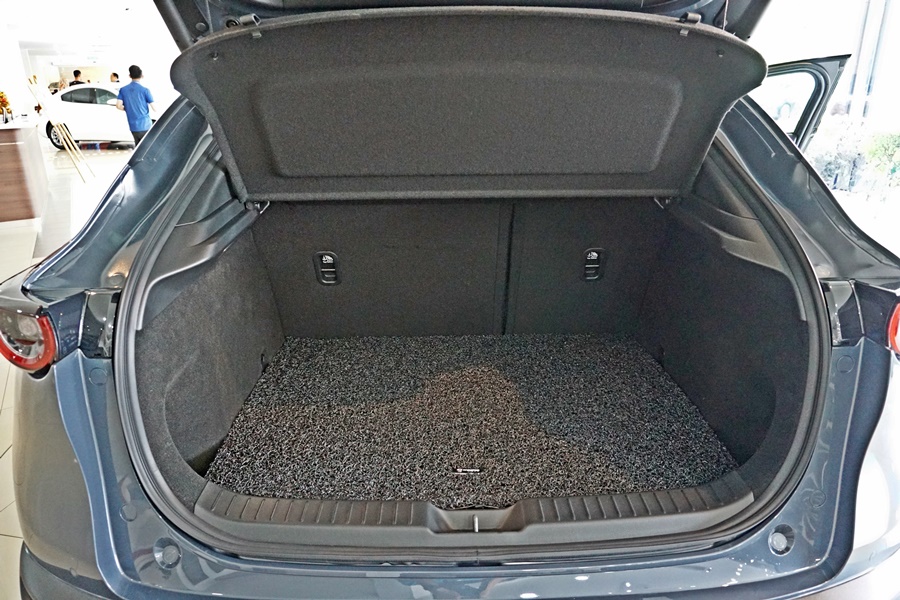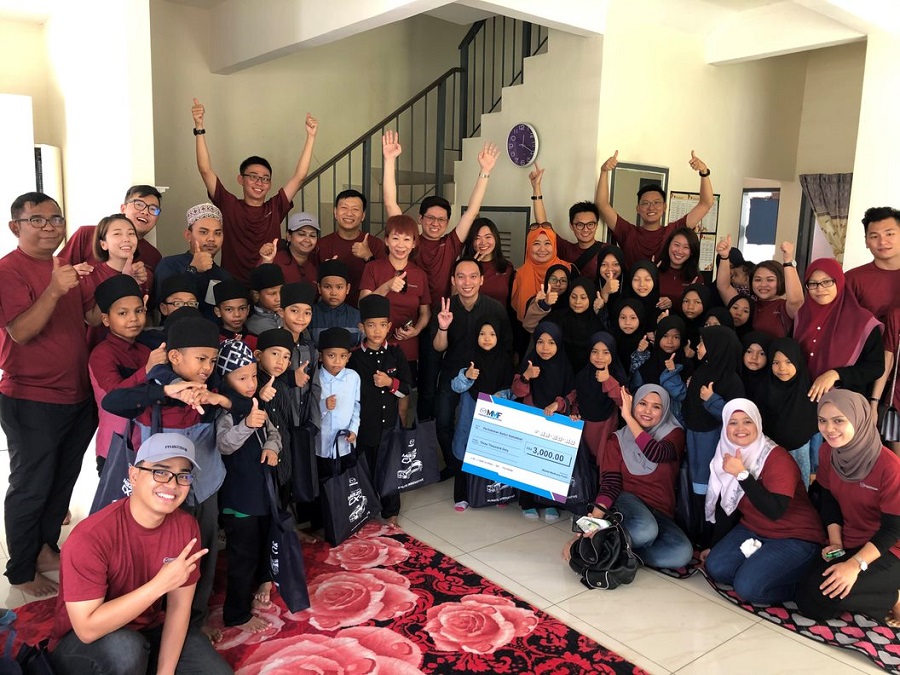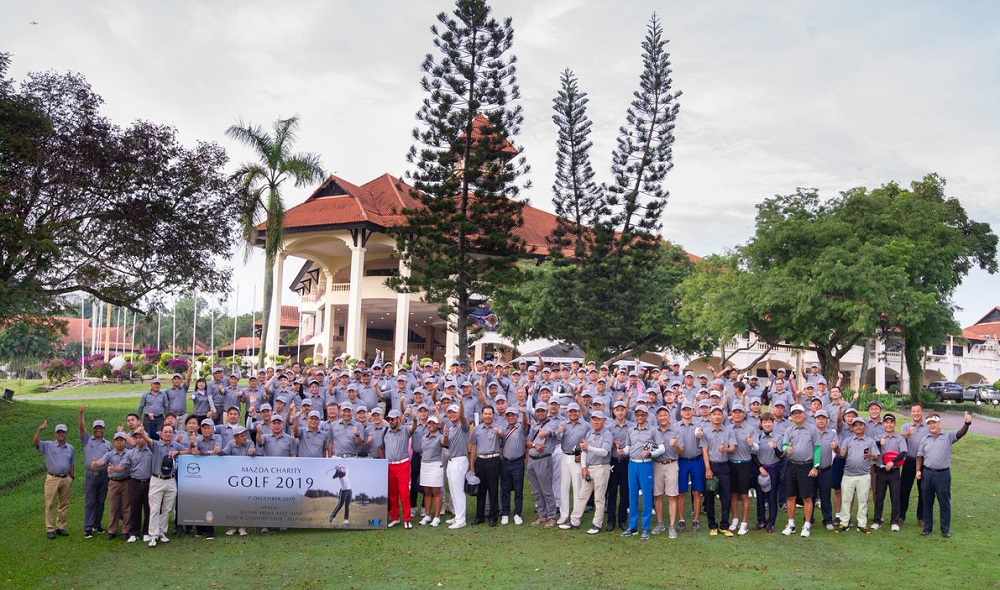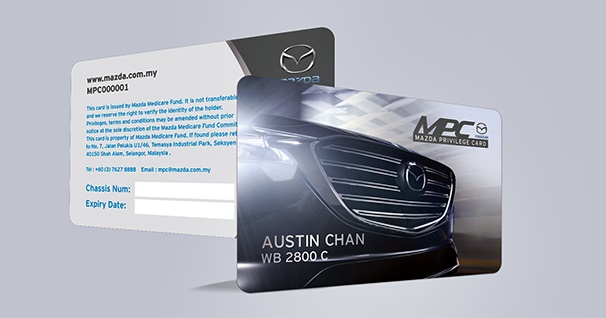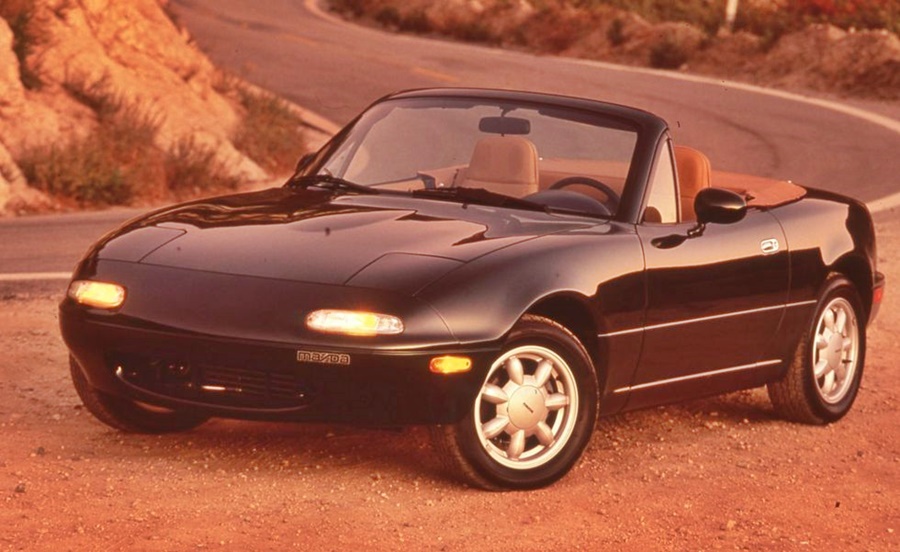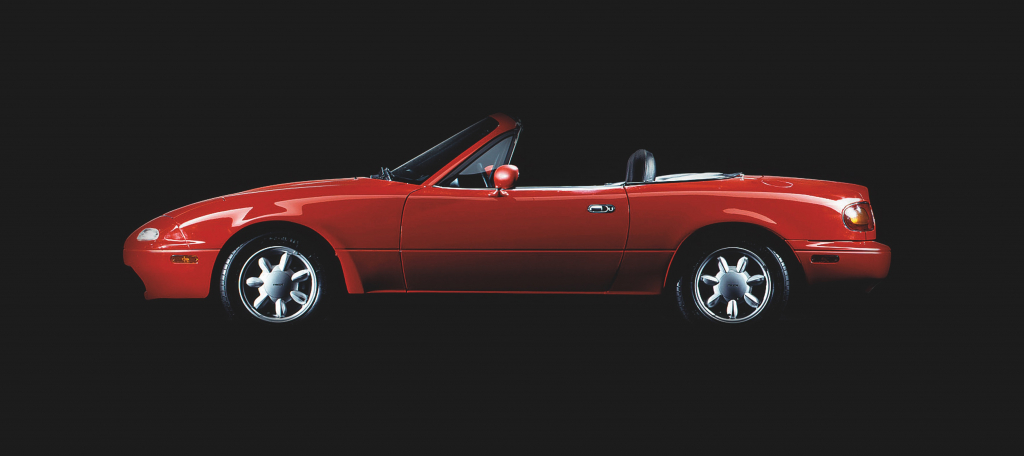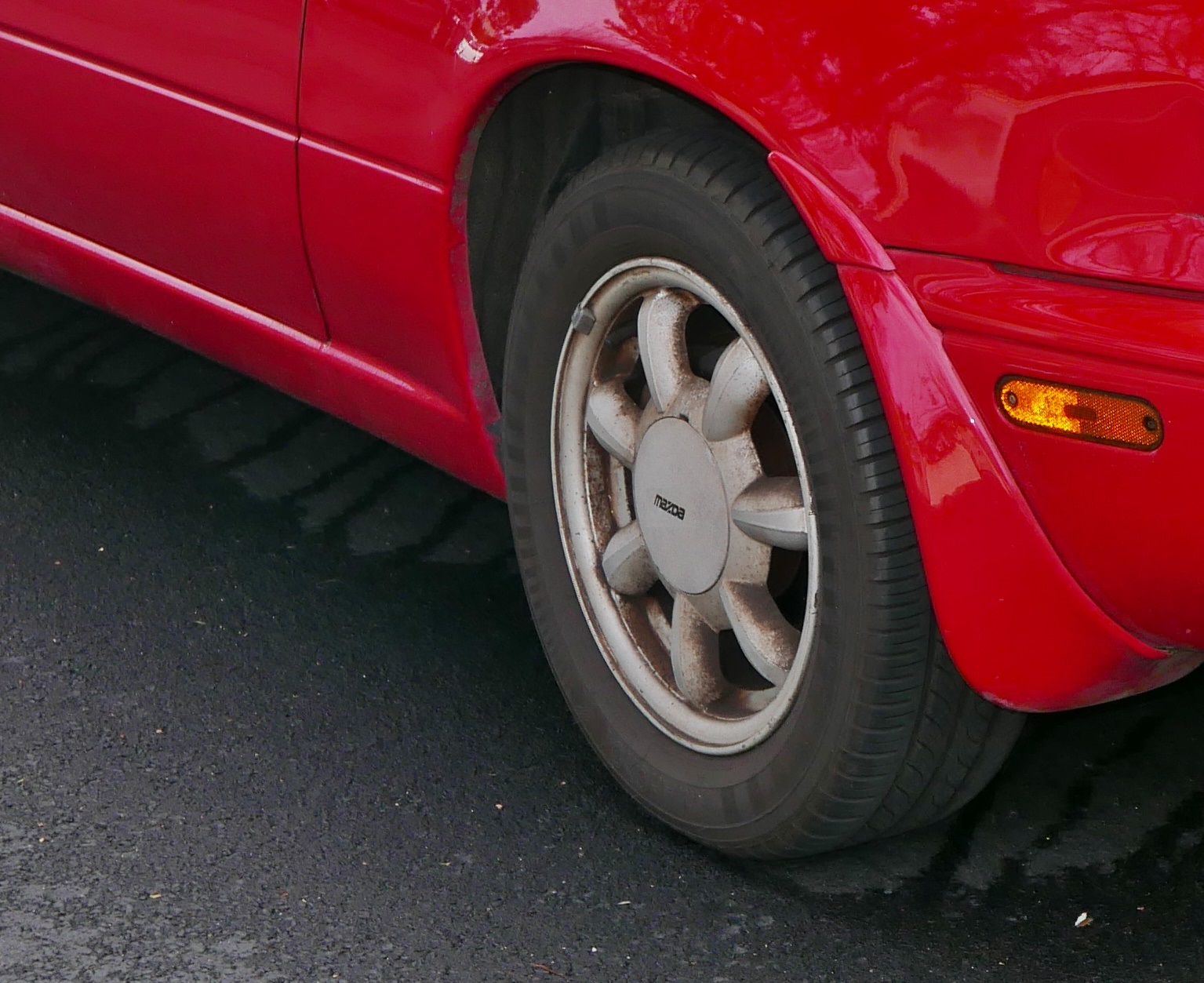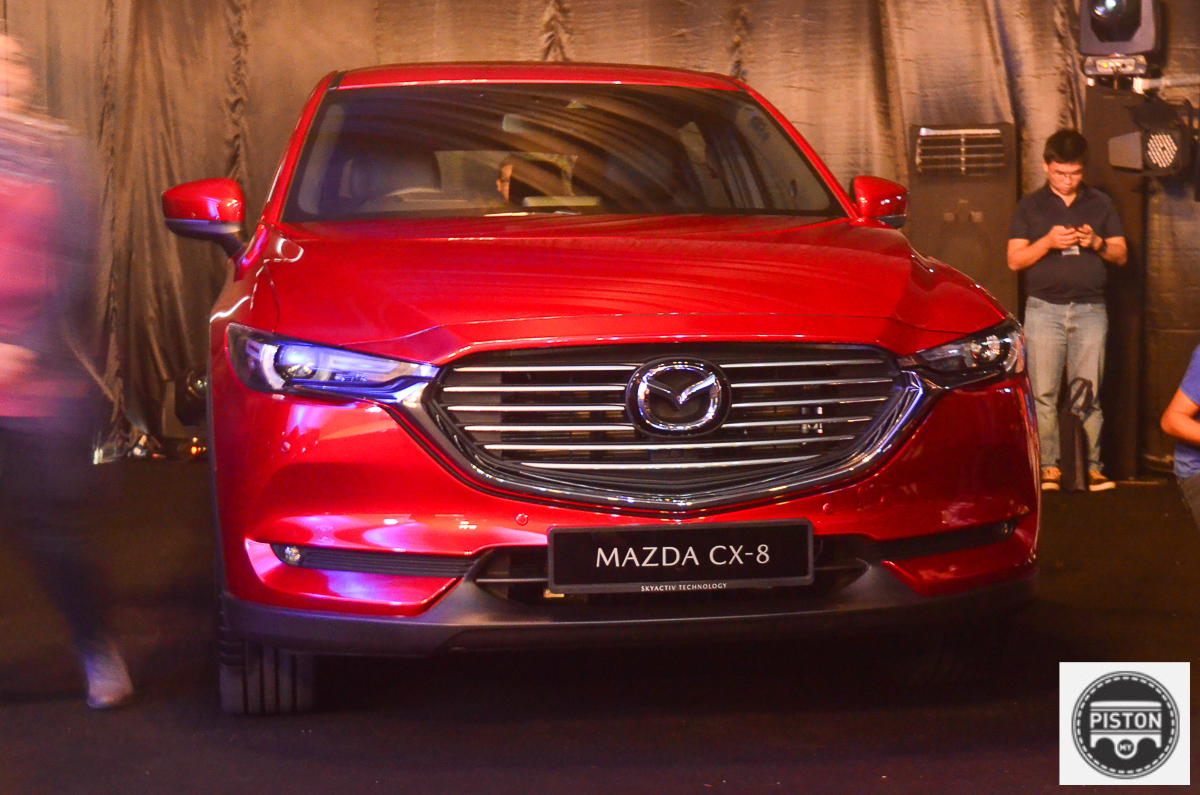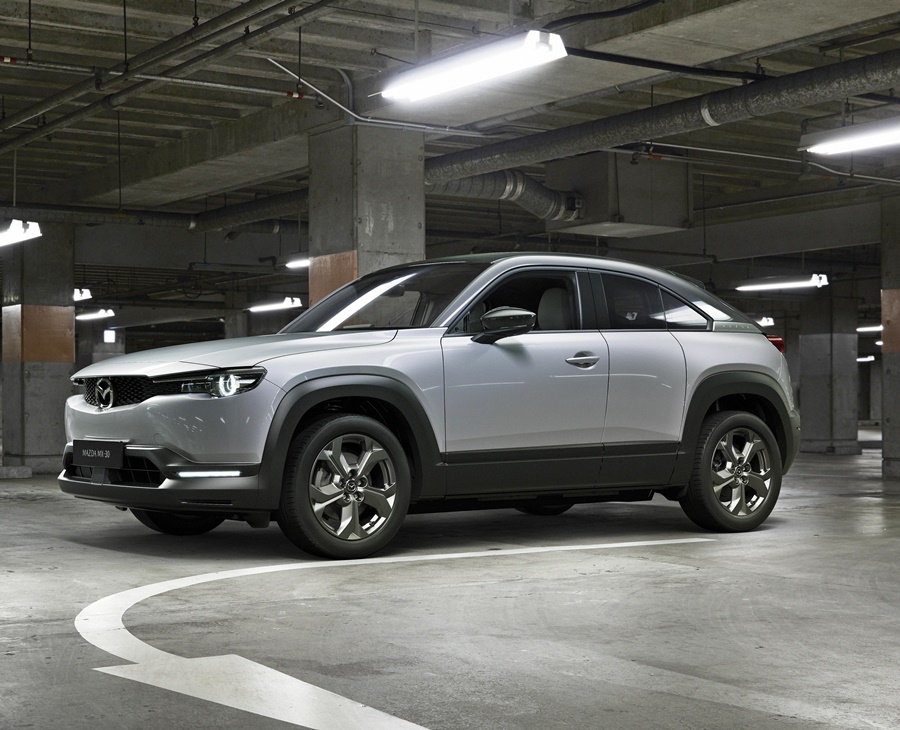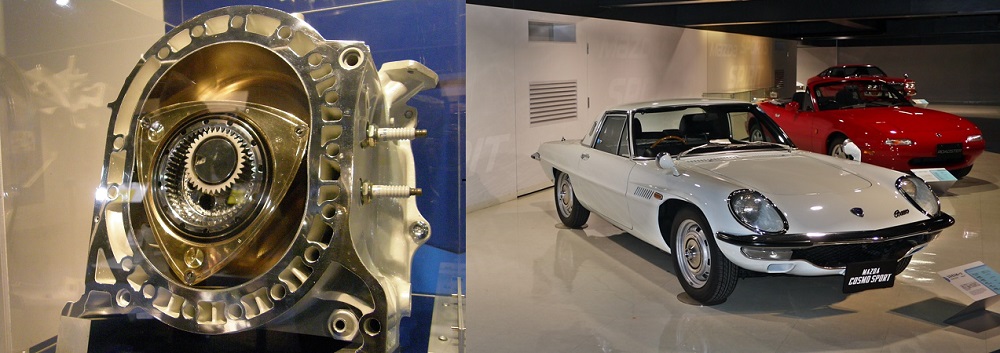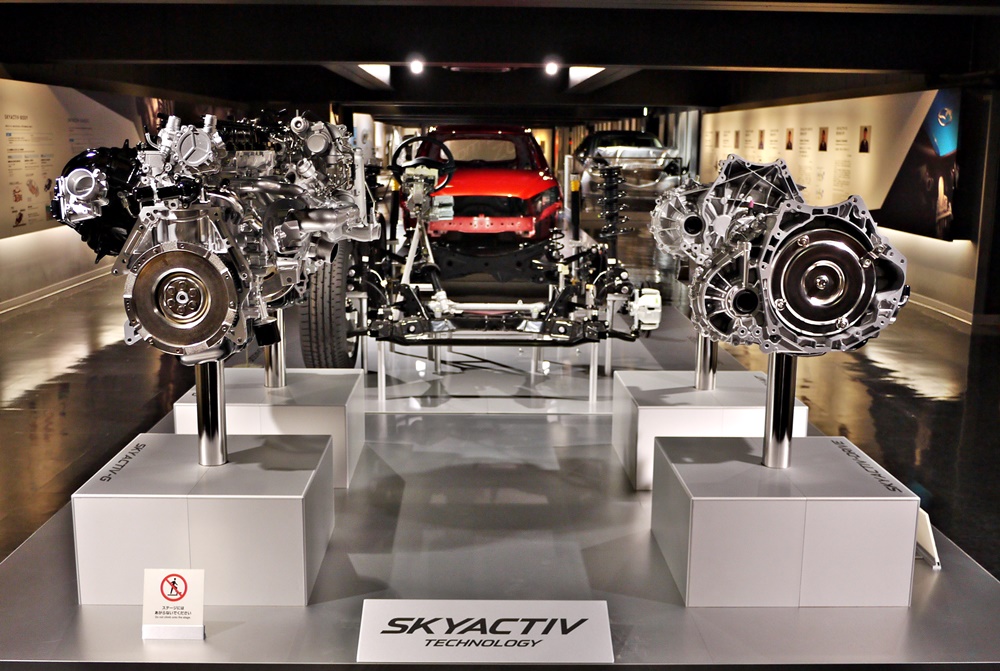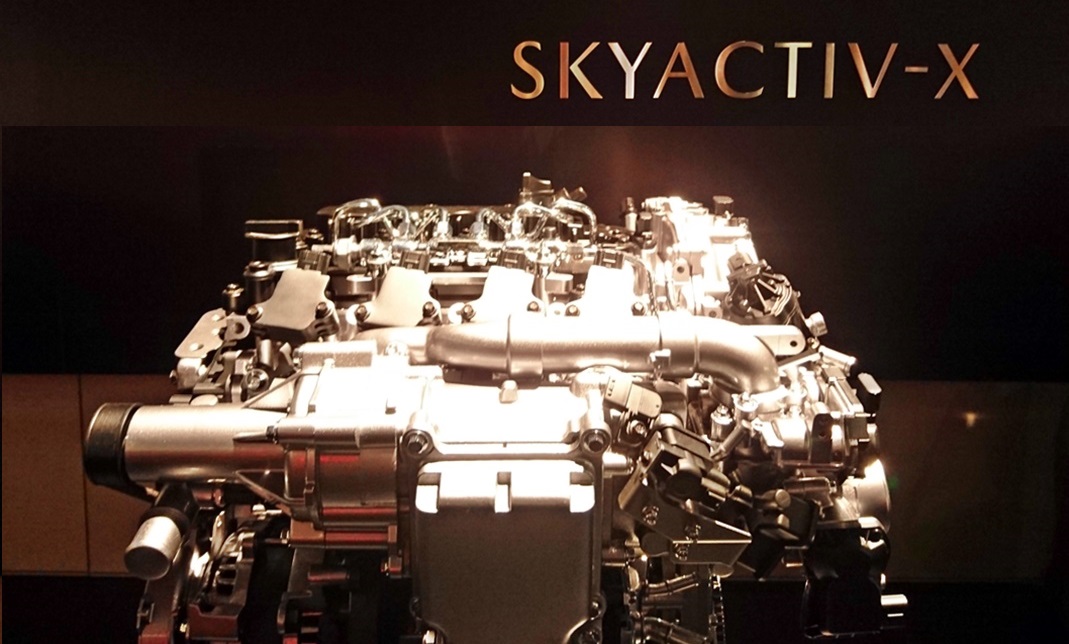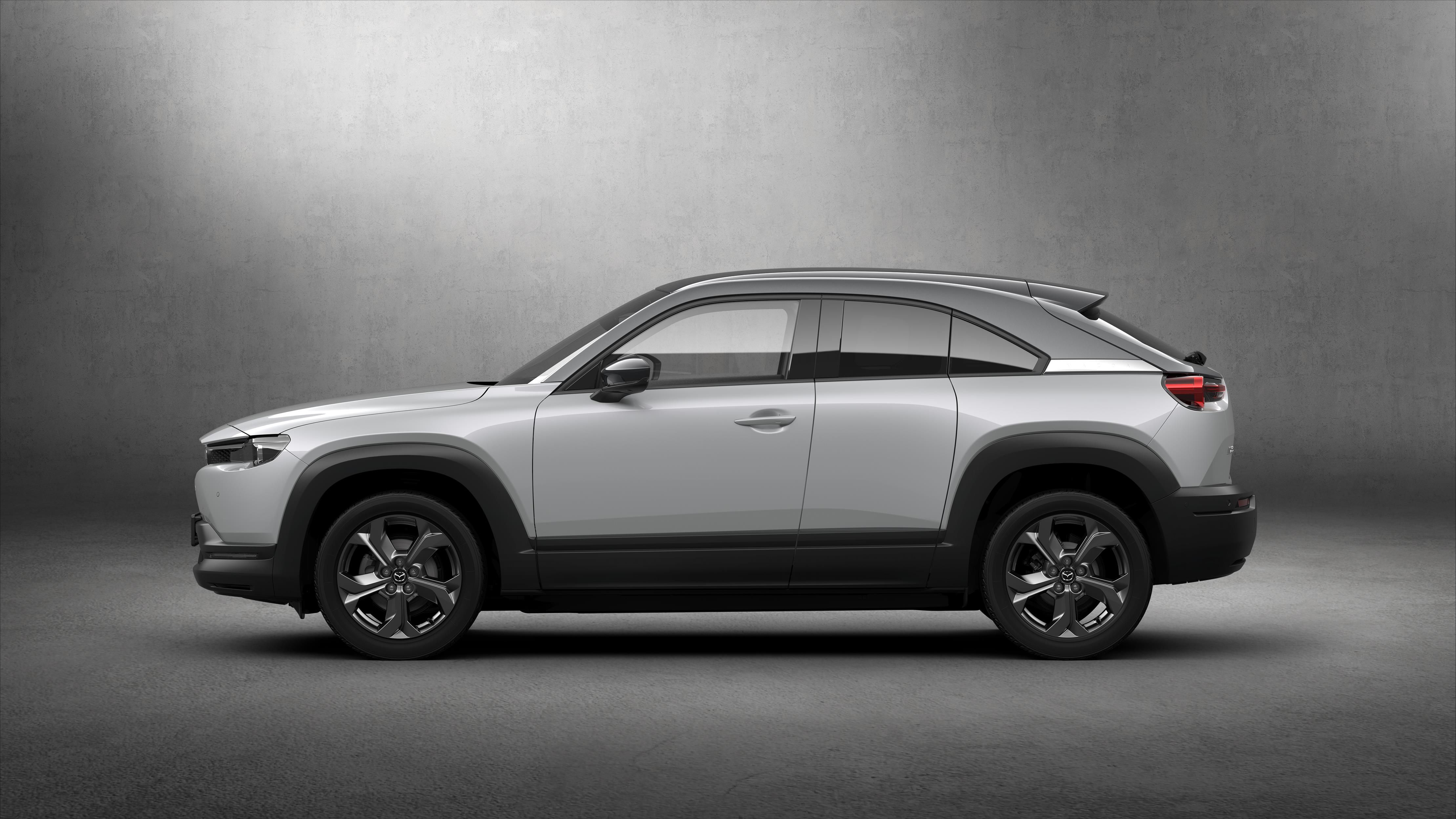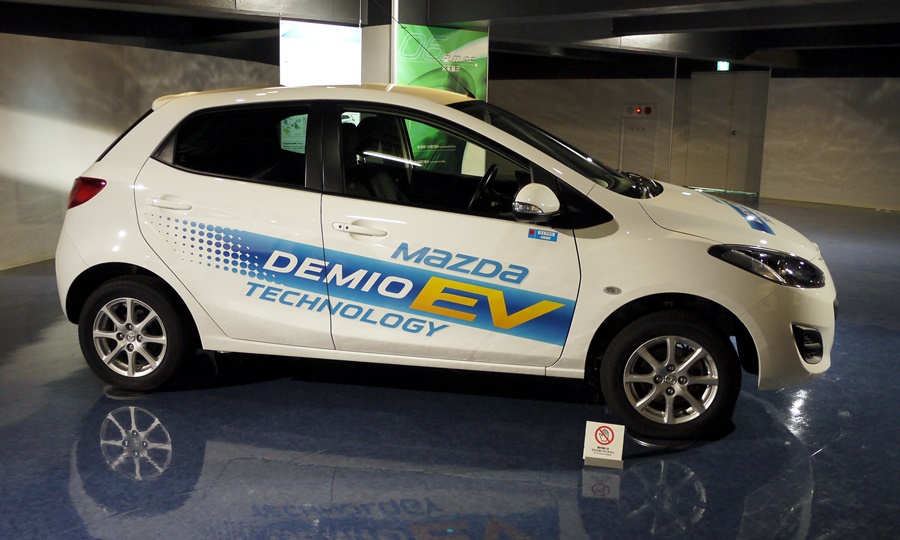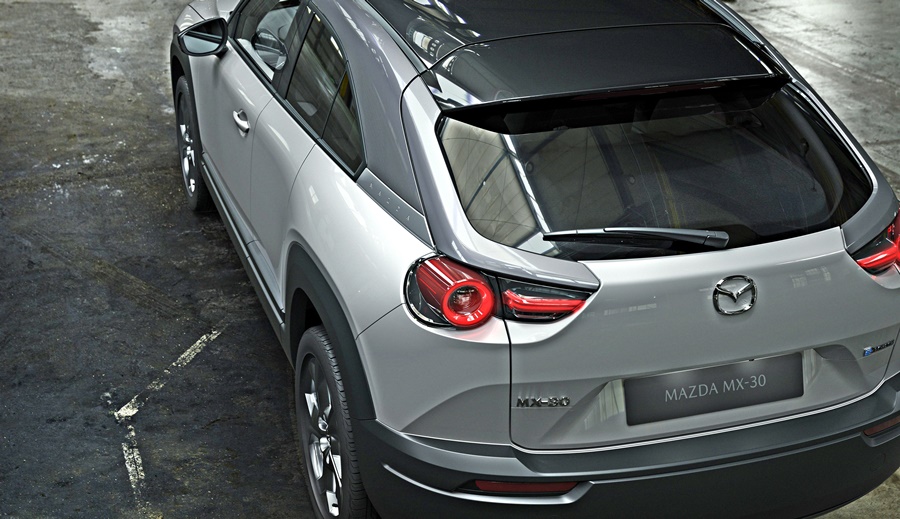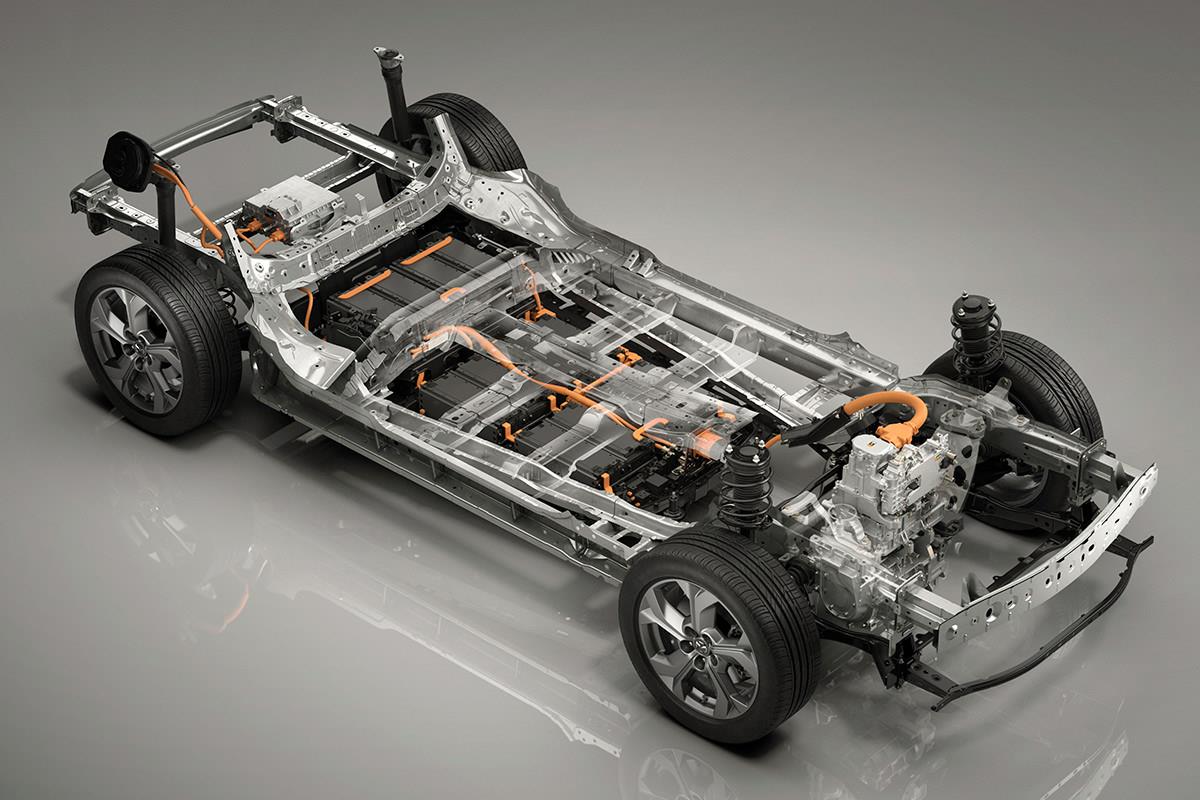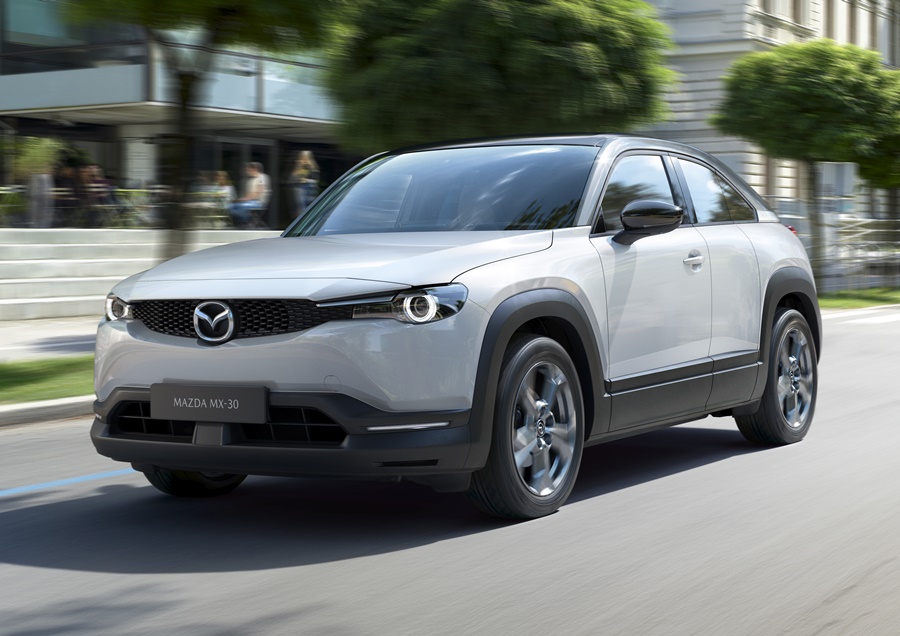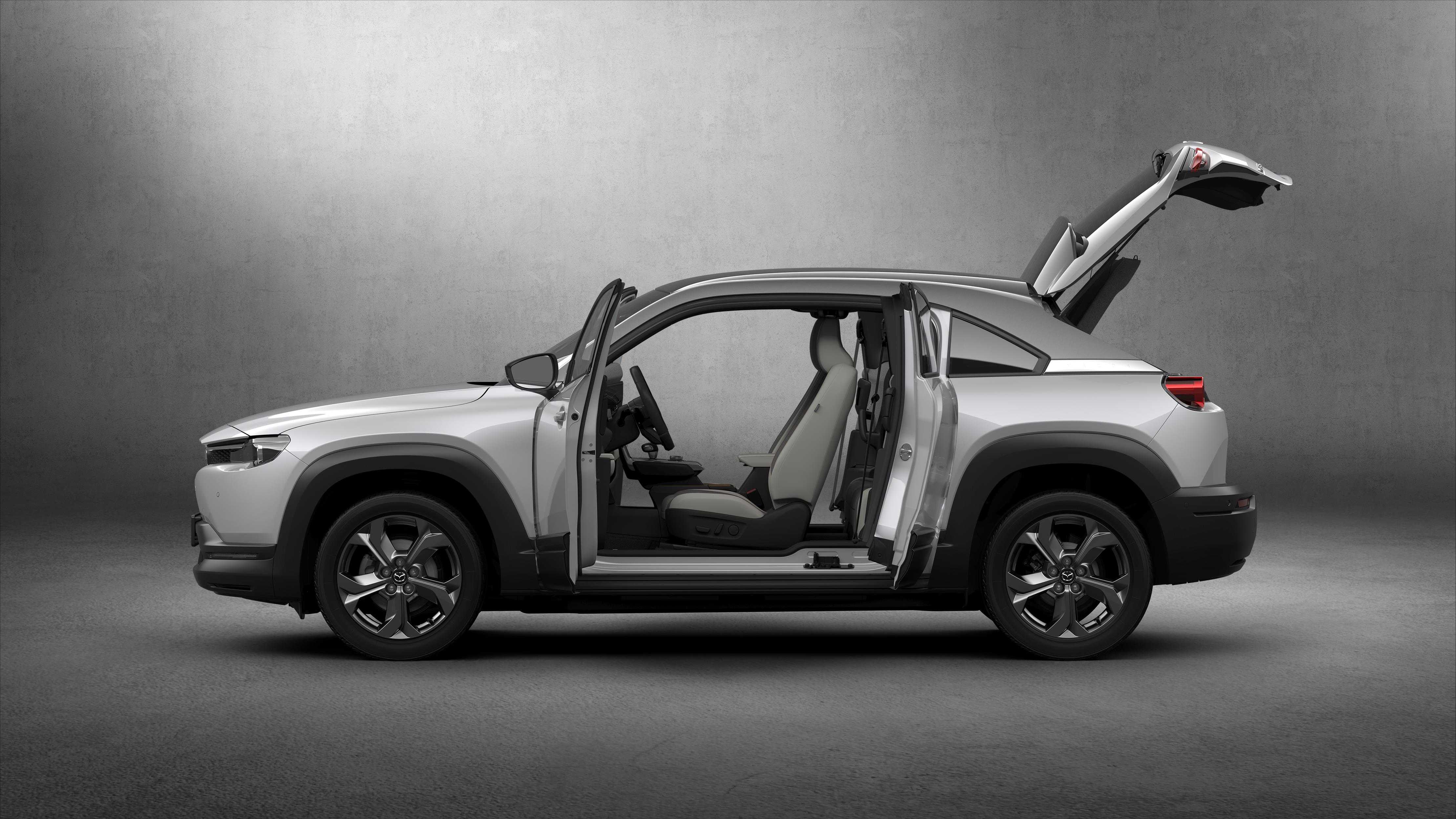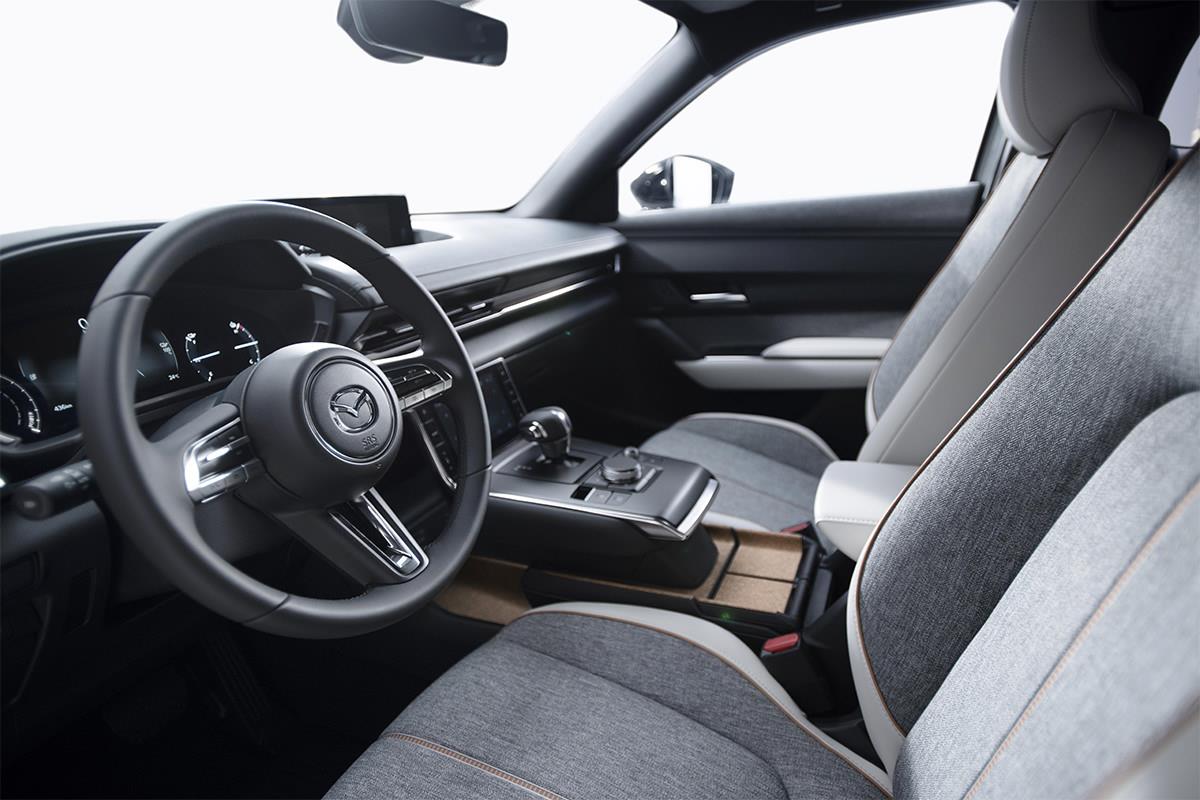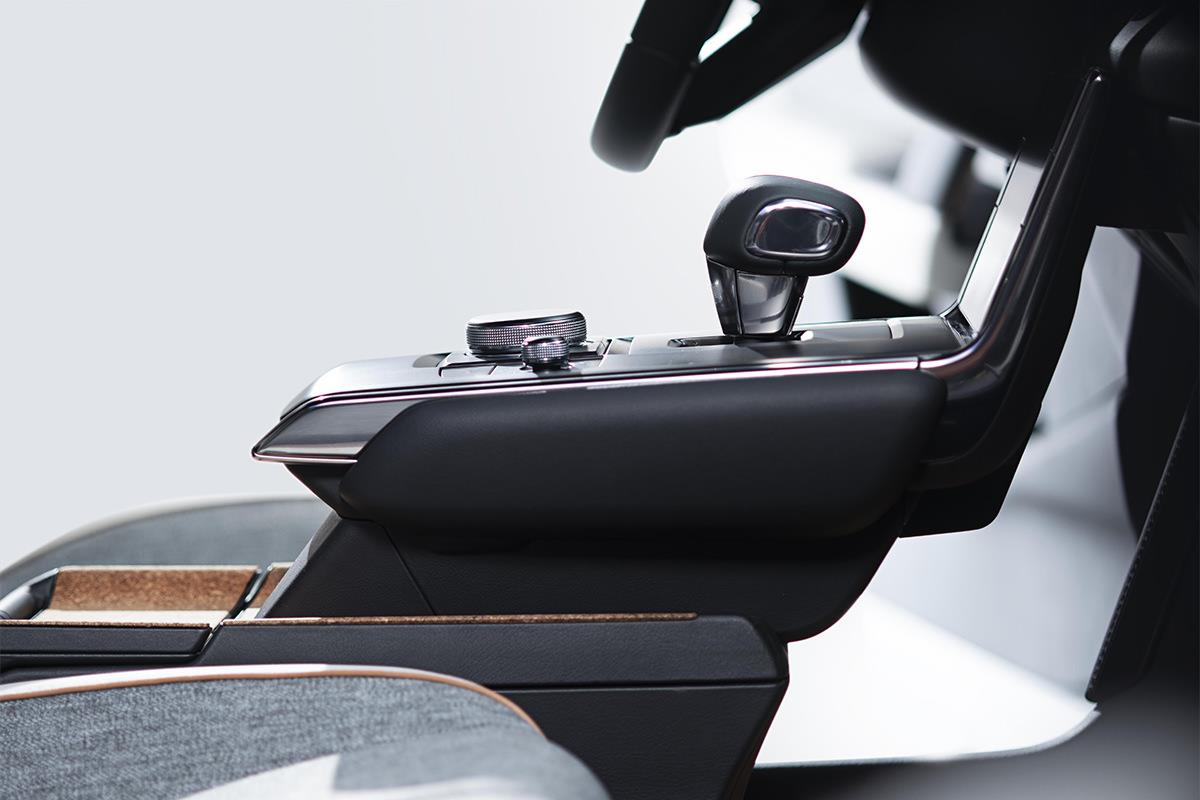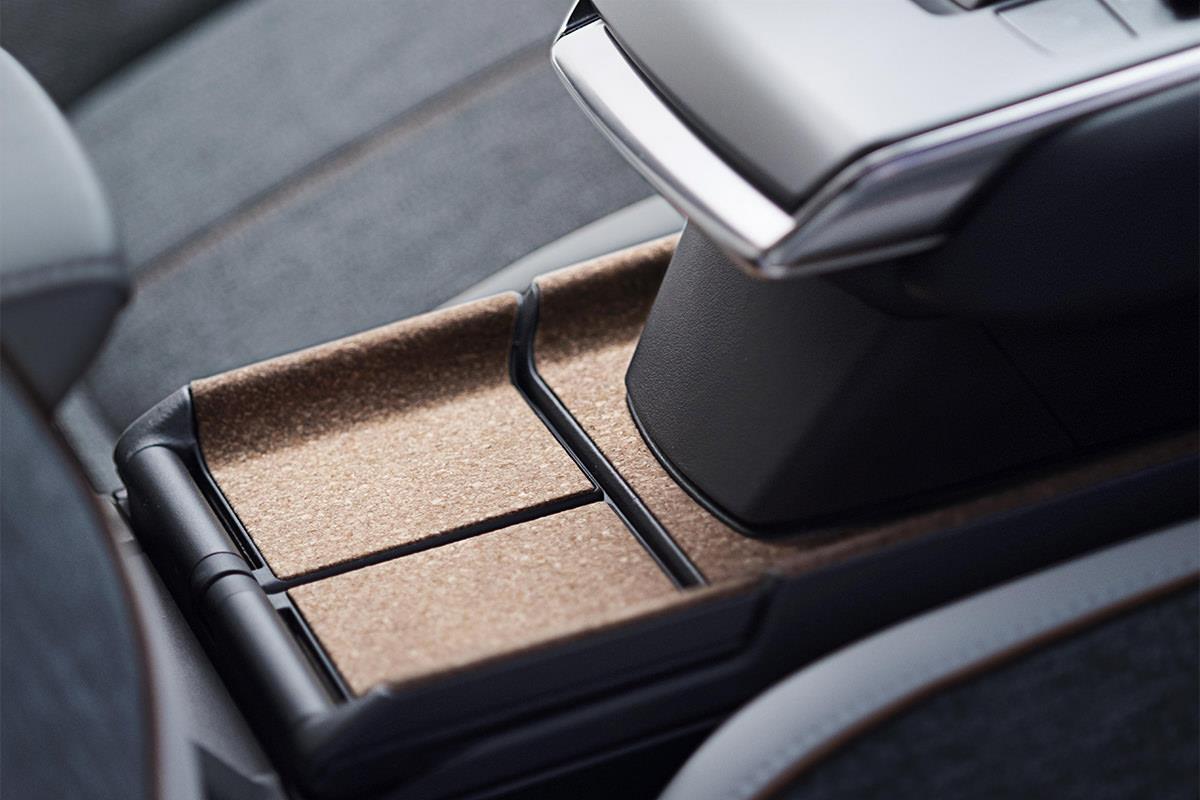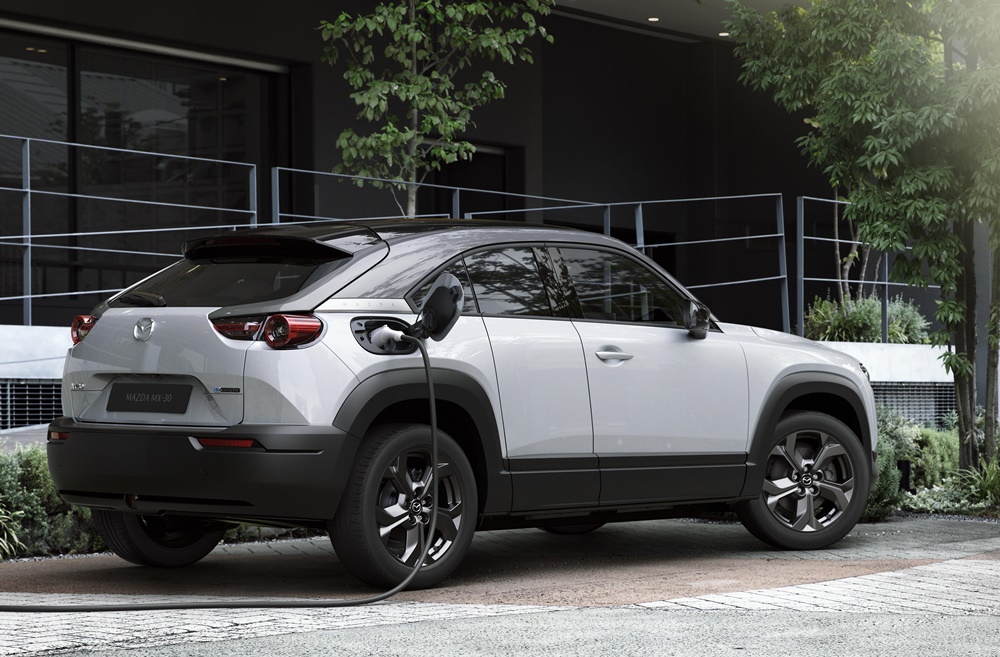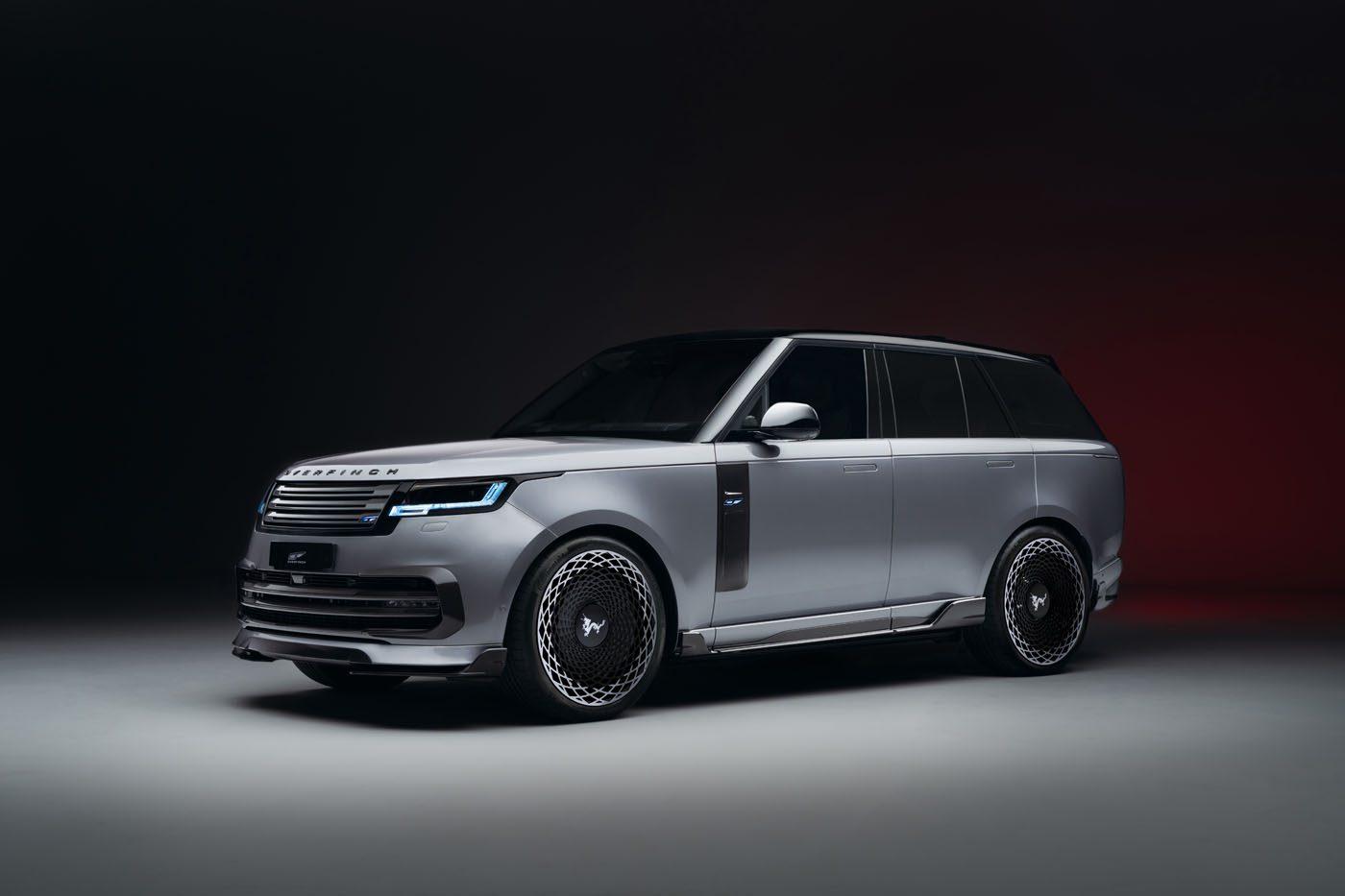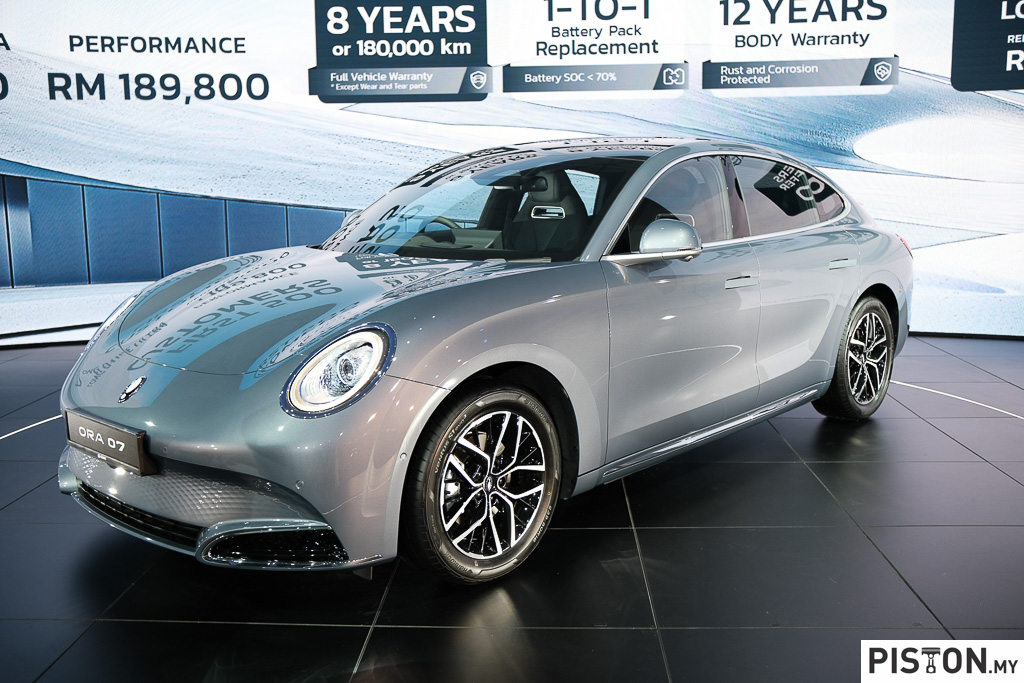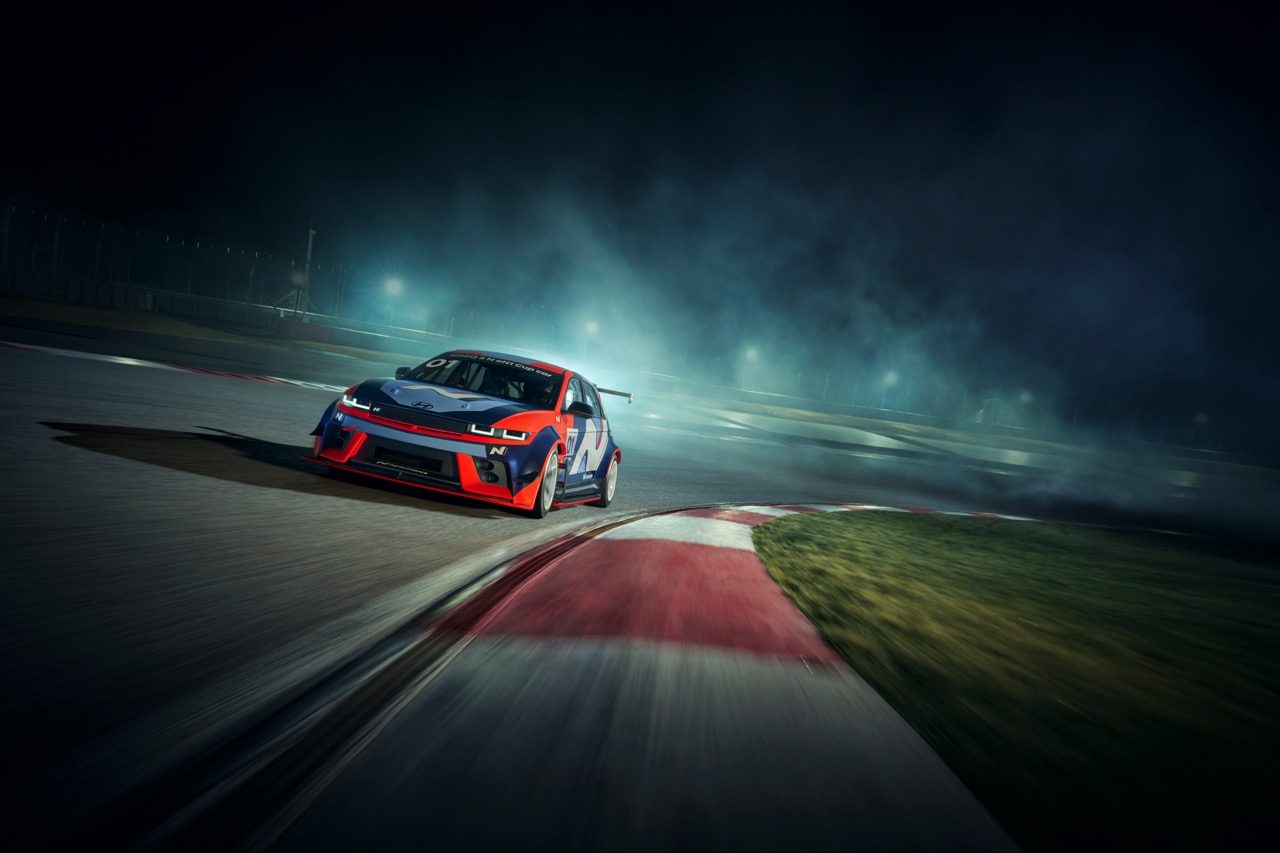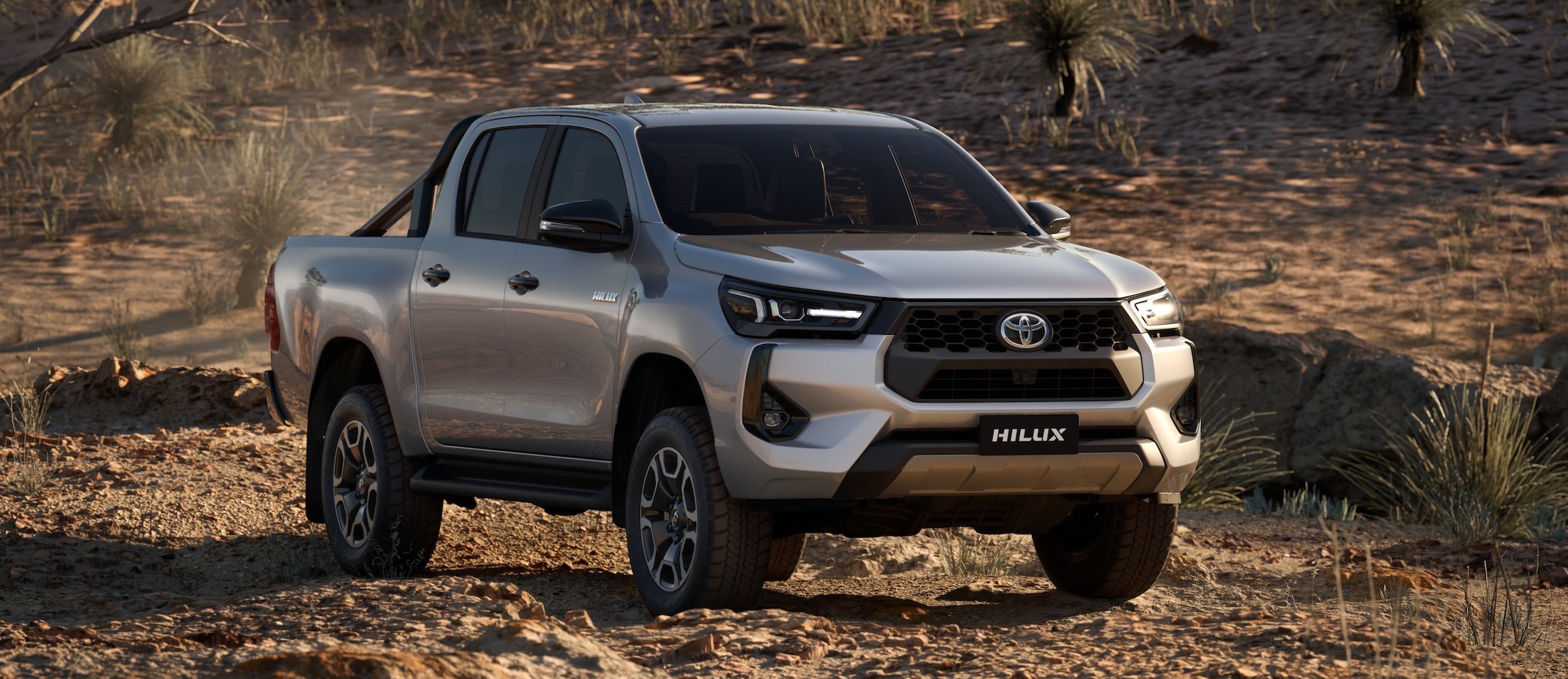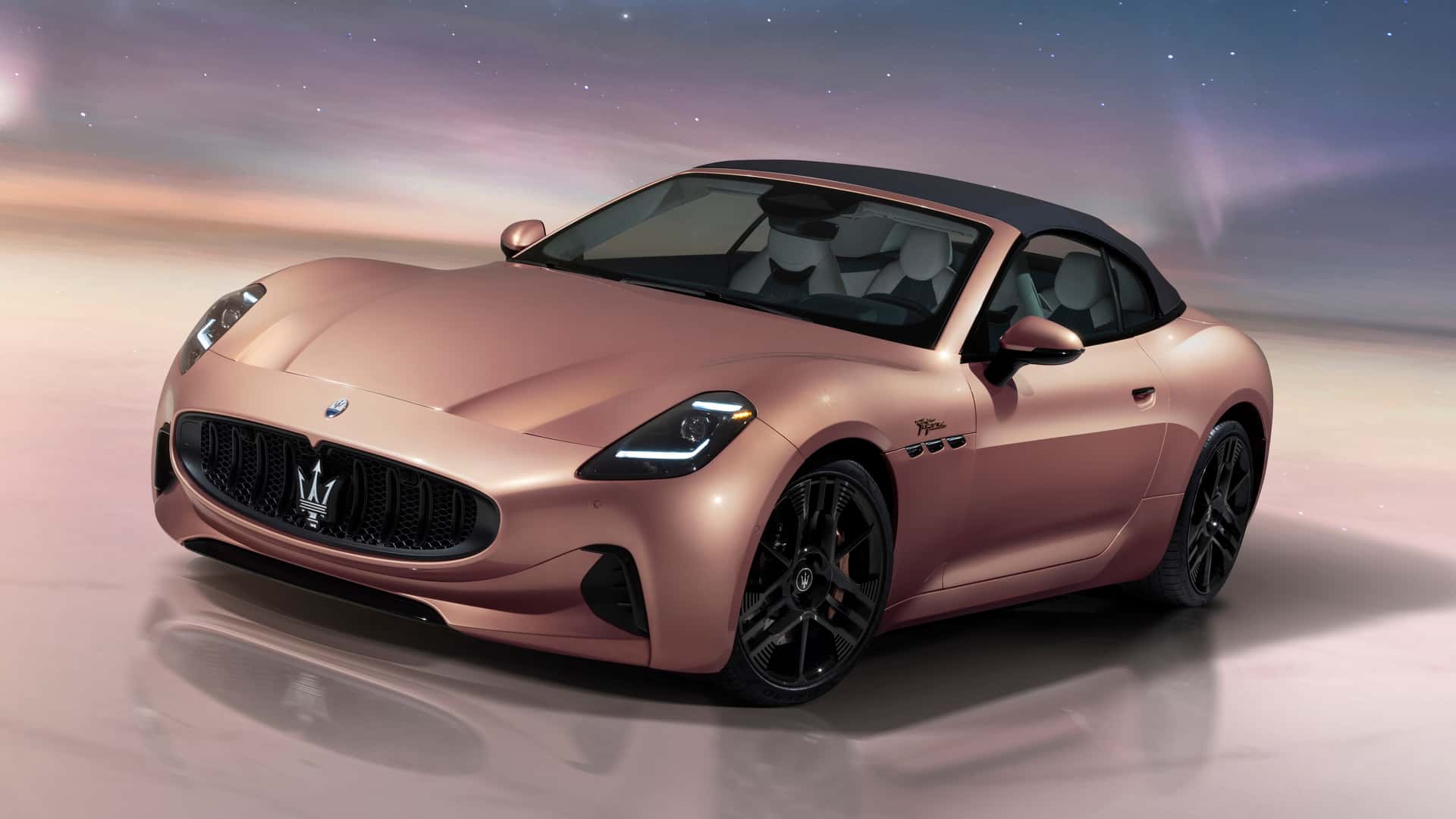In conjunction with the 100th anniversary of Mazda this year, a selection of updated models has been announced by Bermaz Motor for the Malaysian market. The 2020 models are the Mazda2, CX-9 and MX-5 RF. Bookings are now accepted at Bermaz branches and authorized dealerships.
All new Mazda vehicles registered from January 1, 2019 onwards have a 5-year manufacturer’s warranty + 5 years of free scheduled maintenance (except for the BT-50 pick-up truck). Both the warranty and free scheduled maintenance have a mileage limit of 100,000 kms which will be applied if it occurs earlier than 5 years.
MAZDA MX-5 RF – from RM266,154
The MX-5 holds the Guinness World Record holder for the best-selling 2-seater sportscar of all time with over one million units produced, and the MX-5 RF is the highly desirable variant in the range. It comes with a retractable fastback (that’s what the ‘RF’ stands for) which gives it a unique look compared to having a traditional soft top.
For 2020, the MX-5 RF maintains the necessary characteristics of a driver’s car: lightweight, nimble and fun-to-drive. Most importantly, jinba-ittai gives the driver a sense of being one with the car, the way a rider and horse act in unison.
New convenience features within include Apple CarPlay and Android Auto. This means drivers have greatly expanded range of apps which can be accessed via the MAZDA CONNECT Infotainment display.
Aligned with the premium positioning path of brand, the 2020 MX-5 RF receives an updated Mazda badging and fonts design. It has more i-Activsense safety features that include Blind Spot Monitoring with Rear Cross-Traffic Alert, Smart City Brake Support and Driver Attention Alert as standard.
ISOFIX mounts for a childseat on the passenger side with airbag cut-off function are also provided so the little one can accompany daddy or mummy on the long drives.
Built in Japan, the MX-5 RF is powered by a SKYACTIV-G petrol engine that produces 181 ps/205 Nm from its 2-litre displacement. Transmission options are either a SKYACTIV-MT 6-speed manual transmission or 6-speed automatic transmission with paddle shifters.
MAZDA2 – from RM103,670
Imported from Thailand, the Mazda2 is the model that welcomes drivers to the Mazda brand. Unlike most entry-level models, however, it has been developed on the concept of ‘a premium personal car that enriches everyday life’. Furthermore, its high quality is not only in assembly and materials but also in the quality of driving.
The 2020 Mazda2 has styling updates to freshen its looks, notably a new front grille design that has a similar styling concept as the grille on the some of the newer 7th generation products such as the Mazda3 and CX-30.
The front LEDs have new signature styling and on each corner are newly designed 16-inch alloy wheels with an enhanced texture and high-brightness paint. Like the MX-5 RF, the latest Mazda2 receives updated Mazda badging and fonts as part of the brand’s path to premium.
The interior offers a comfortable space with a new blue gray interior trim to create a sense of balanced quality and playfulness. The materials used have been carefully selected and are of a high quality.
The 2020 Mazda2 comes with Apple CarPlay and Android Auto as standard as well, so many of your smartphone apps (Waze, Google Maps, Spotify, etc) can be transferred onto the dashboard. The MAZDA CONNECT Infotainment display provides management and access to the apps with seamless connectivity.
As for driving dynamics, the G-Vectoring Control Plus (GVC Plus) system brings more advancements to the original G-Vectoring Control. This technology, first in the SKYACTIV-Vehicle Dynamics series, was the world’s first control system to vary engine torque in response to steering inputs. It helps to smoothen the car’s motion and uses the brakes to add direct yaw moment control for further enhanced handling stability. With GVC Plus, the driver can have a reassuring feeling of control when changing lanes on the highway or when driving on slippery surfaces.
Driving comfort has also been enhanced with a retuned suspension system for smoother movement. New structured front seats improve the driver’s sense of balance, contributing to the sense of unity with the car and making driving easier.
The SKYACTIV-DRIVE 6-speed automatic transmission with Manual Shift mode transmission has been tuned for smoother acceleration which minimizes the head and body movements of passengers. As before, the Mazda2 uses a SKYACTIV-G 1.5-litre engine that produces 114 ps/149 Nm.
MAZDA CX-9 – from RM319,610
The CX-9 is the flagship of the range and for 2020, it receives a few updates that focus on elevating the premium Mazda ownership experience. On the outside, the Mazda badging and fonts design are new and there’s a new gray metallic finish for the 20-inch aluminium wheels.
Inside the 3-row cabin, black leather seats with a new silver stitching finish give a rich feeling and premium ambience. Other standard features include an updated 9-inch Mazda Connect infotainment system, Autohold function as well as i-Stop function, seatbelt reminders for 2nd and 3rd row passengers, and two extra USB charging ports at the third row.
The powerful turbocharged SKYACTIV-G 2.5T petrol engine produces 228 ps/420 Nm which is transferred to the wheels via a quick-shifting 6-speed SKYACTIV-Drive automatic transmission. Customers can choose to have 2-wheel drive (FWD) or all-wheel drive (AWD).
The AWD variant has i-Activ all-wheel drive and the 2020 CX-9 is the first Mazda vehicle offered with the all-new Off-road Traction Assist feature. Replacing the traction control button, this feature can potentially help the driver when driving on uneven terrain. When the diagonal wheels lose traction, off-road traction assist will stop reducing the engine torque and increase the brake force on the wheels without traction. This transfers power to the wheels still on the ground to help allow the vehicle to regain traction and continue the drive.
G-Vectoring Control Plus (GVC Plus) is also present as standard to improve steering response and complements the advanced safety technologies available. These are integrated in the i-ACTIVSENSE suite which includes Blind Spot Monitoring with Rear Cross-Traffic Alert, Smart City Brake Support, and Lane Departure Warning with Lane-Keep Assist. The Smart City Brake Support is now updated with pedestrian detection support.
Visit www.mazda.com.my to locate a showroom in Malaysia to find out more or to make your booking.


